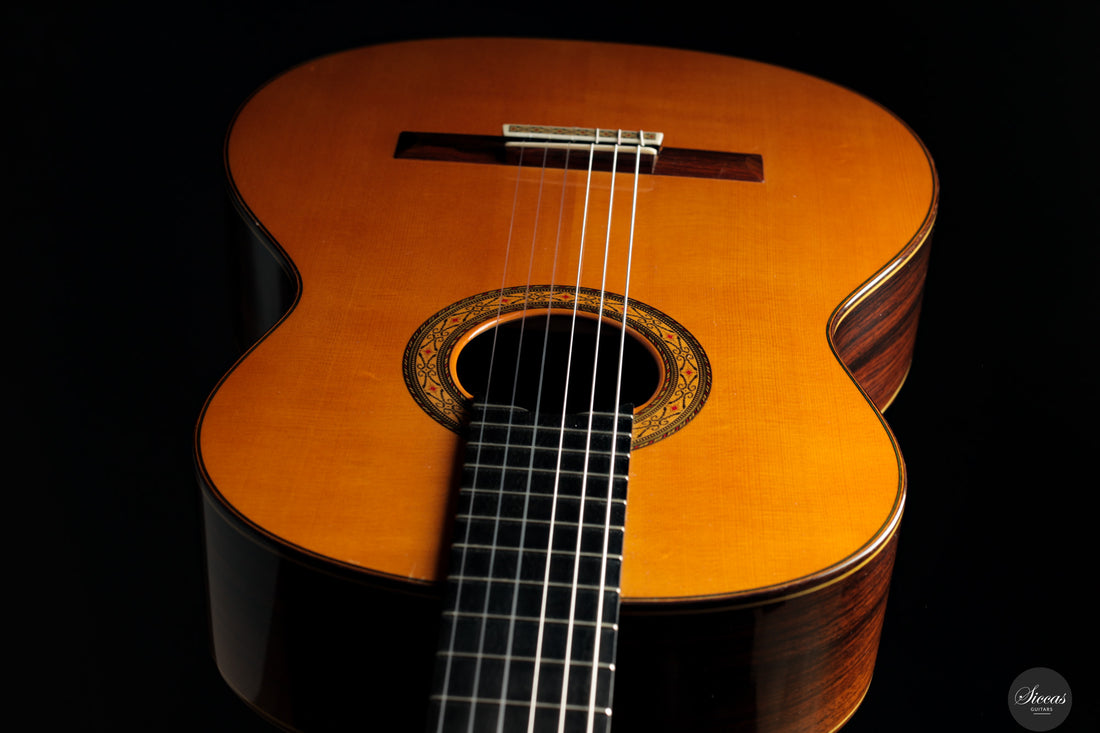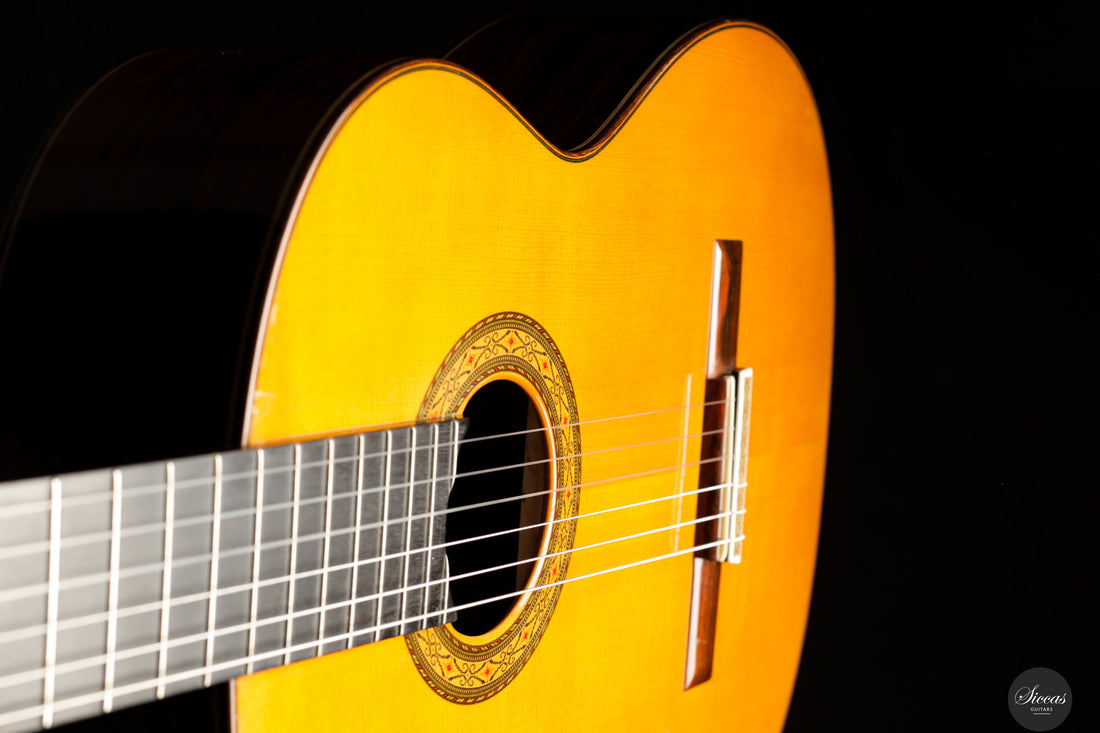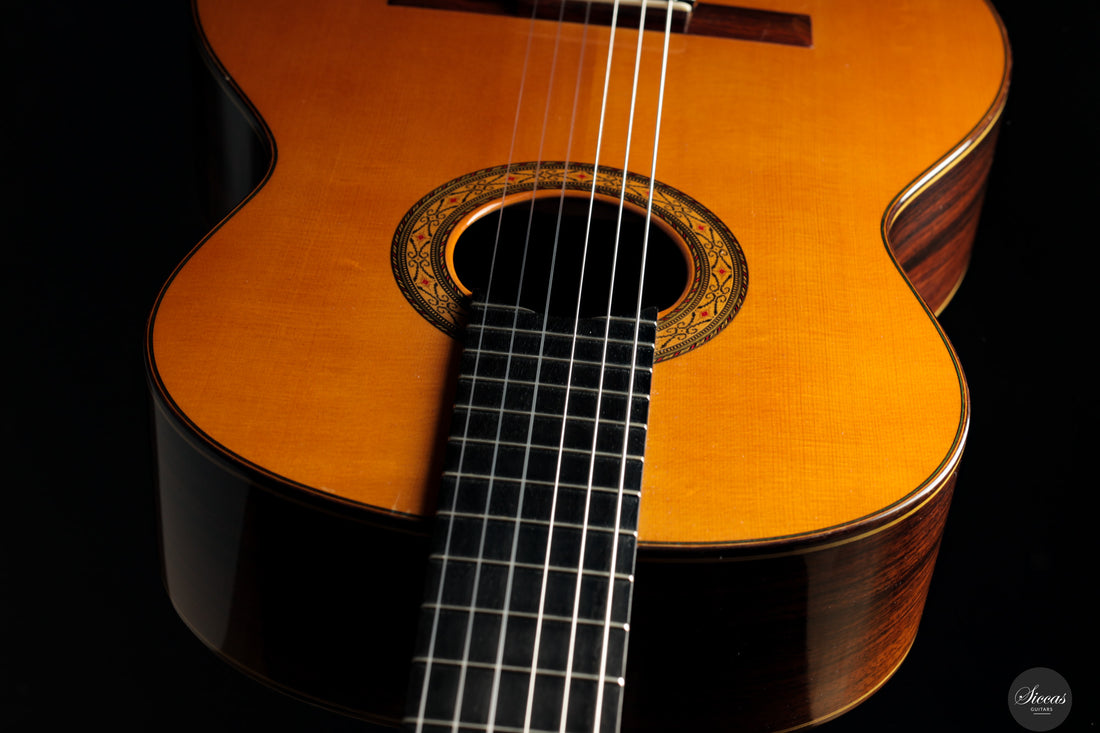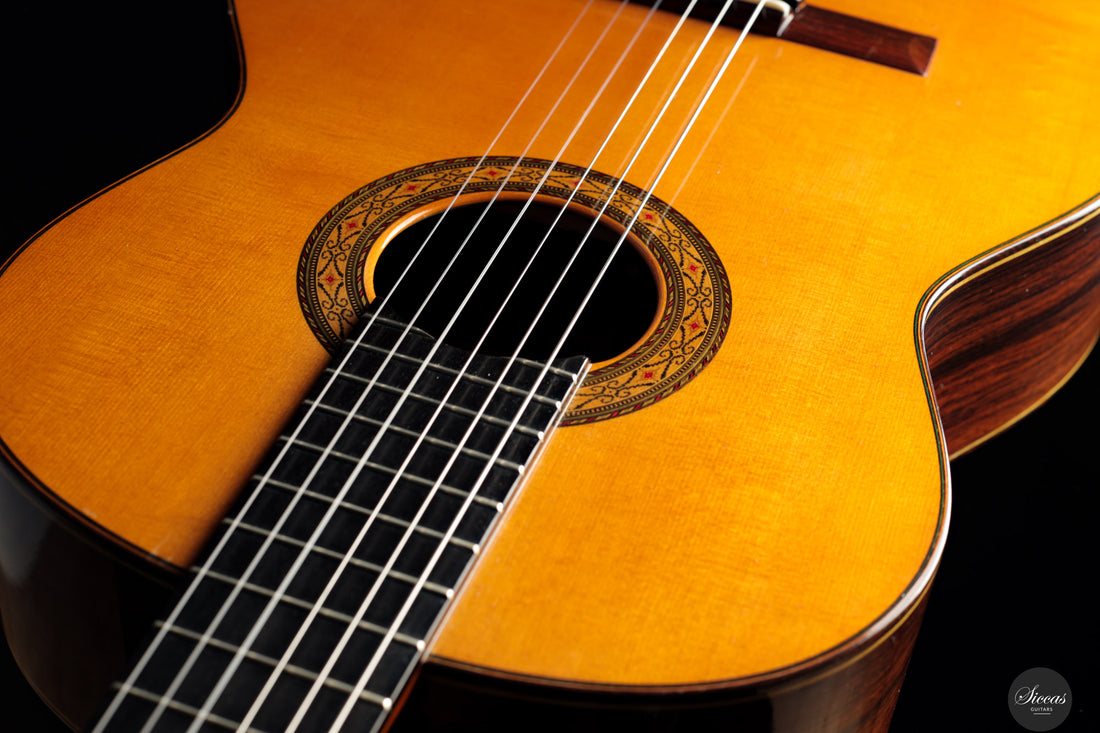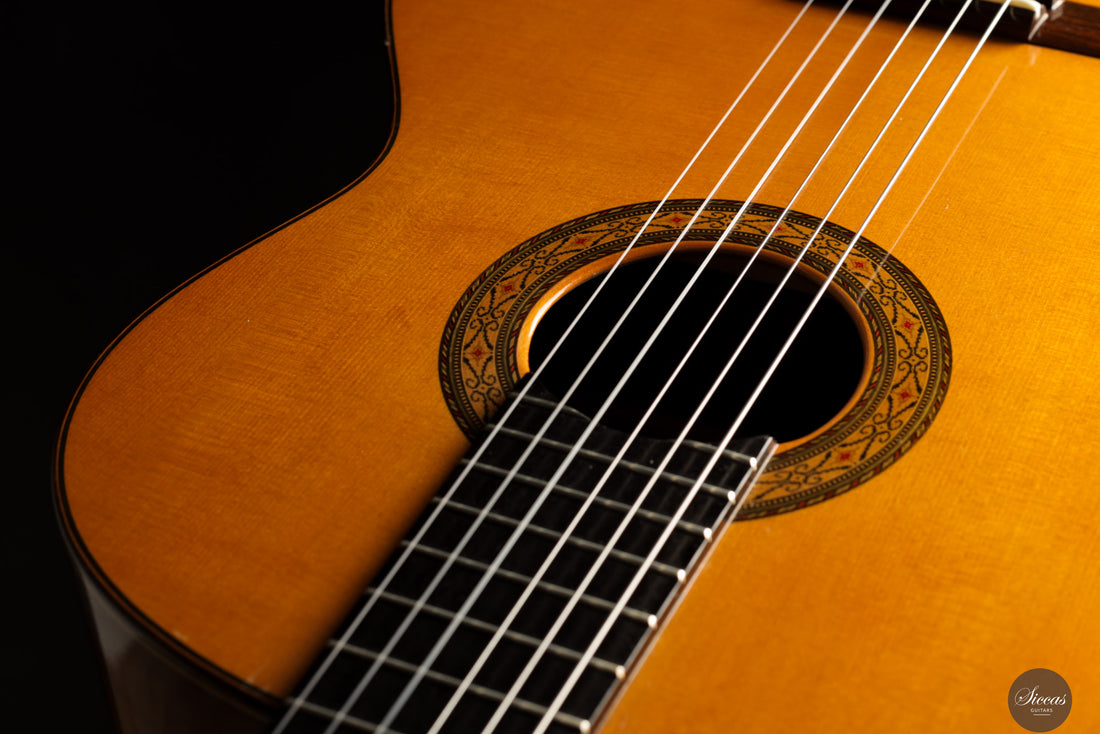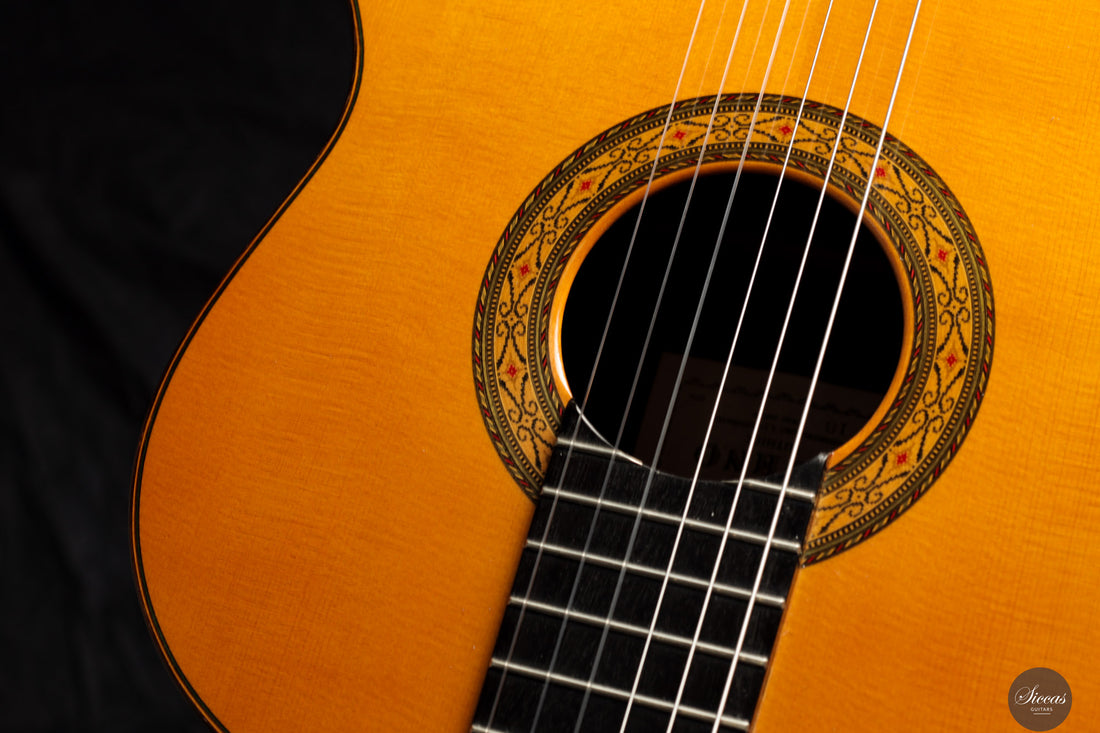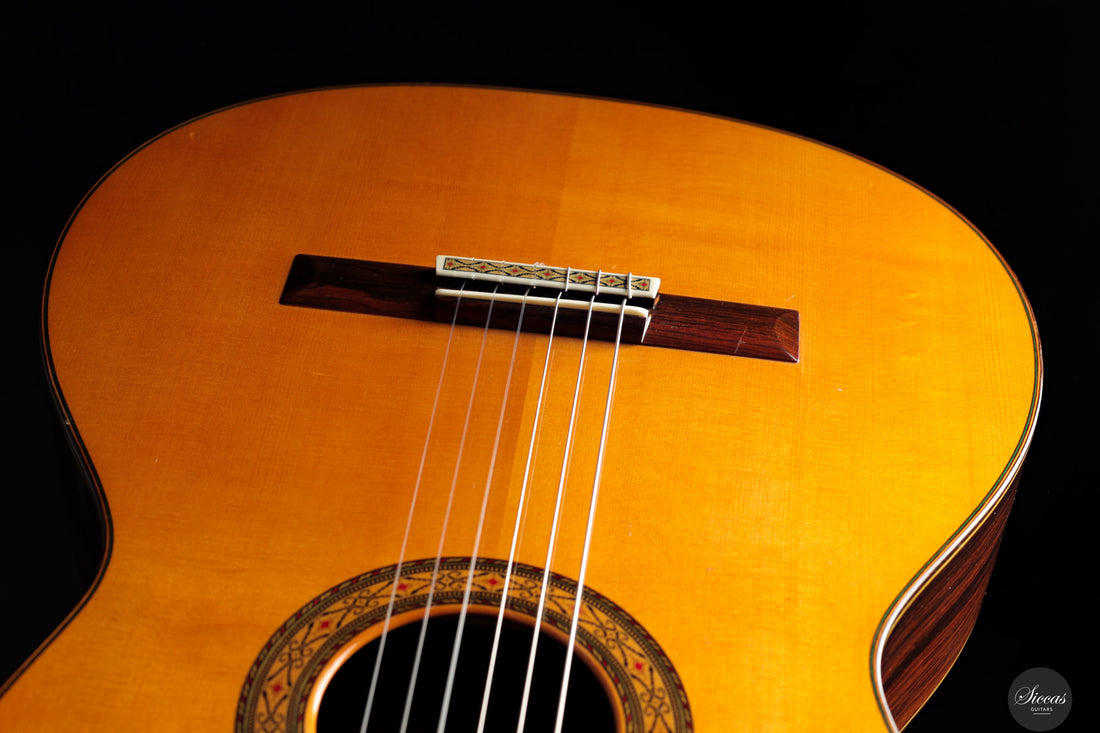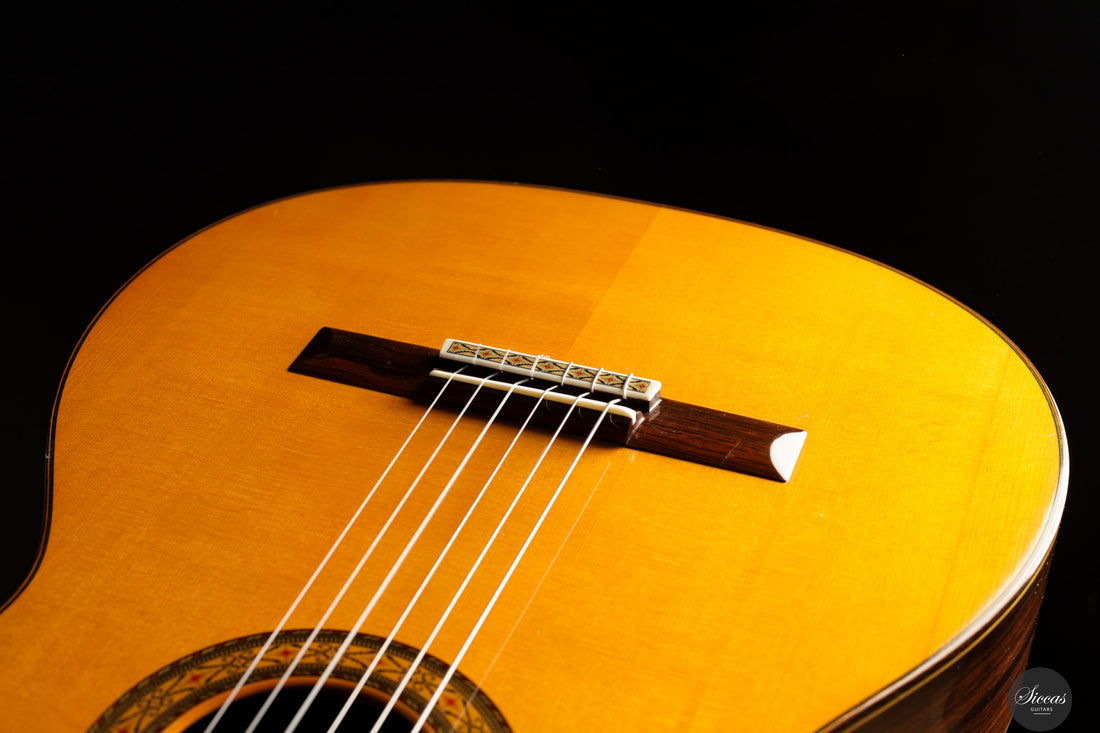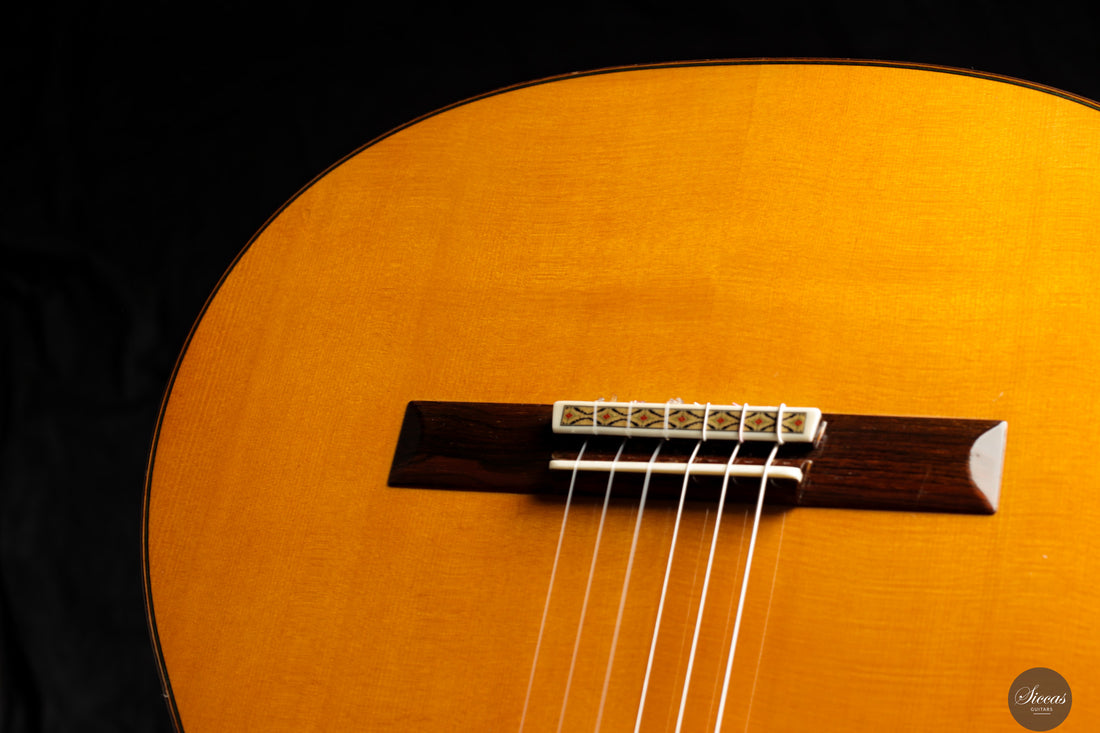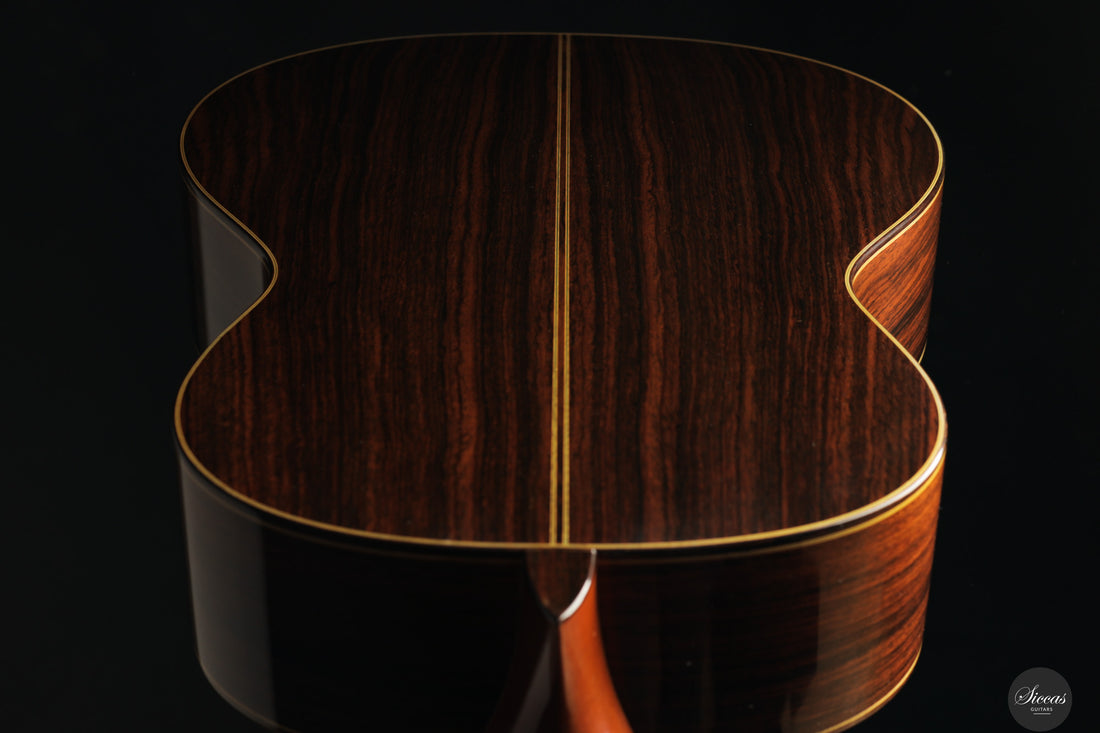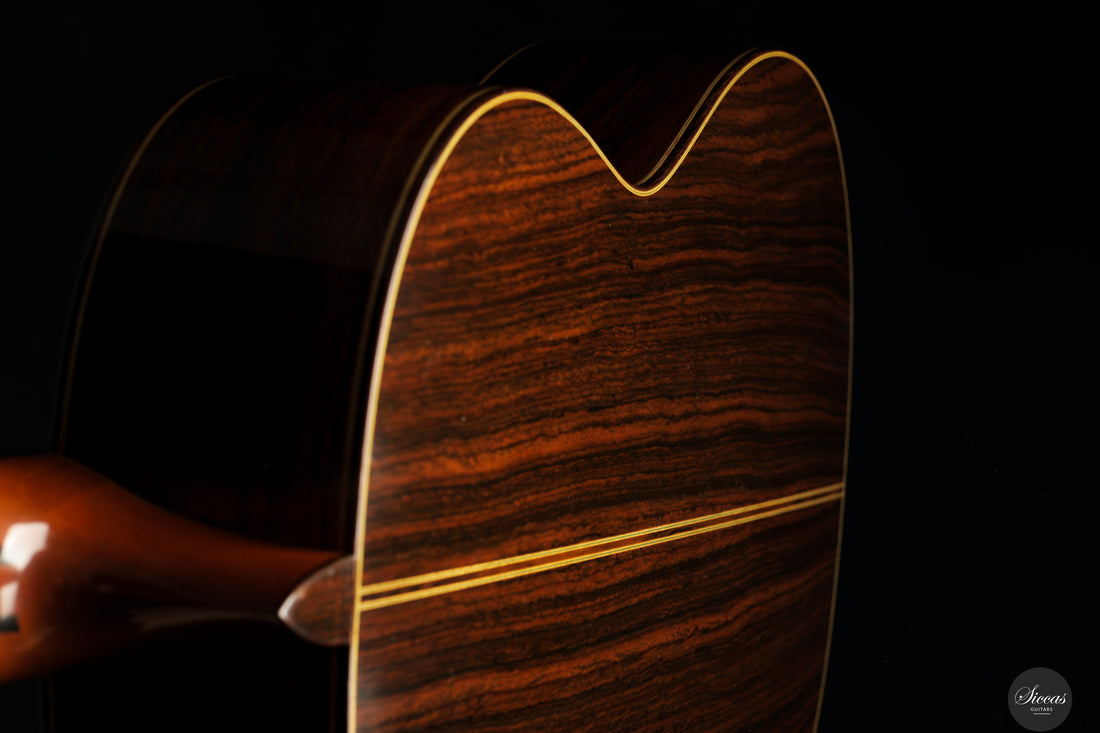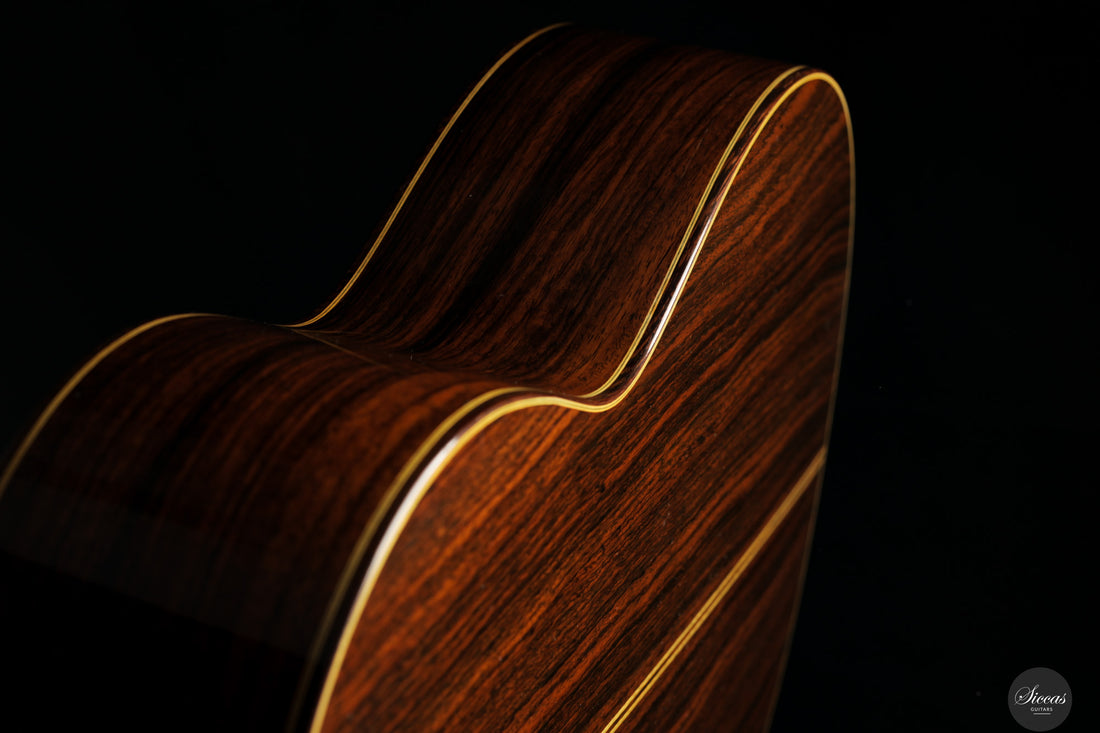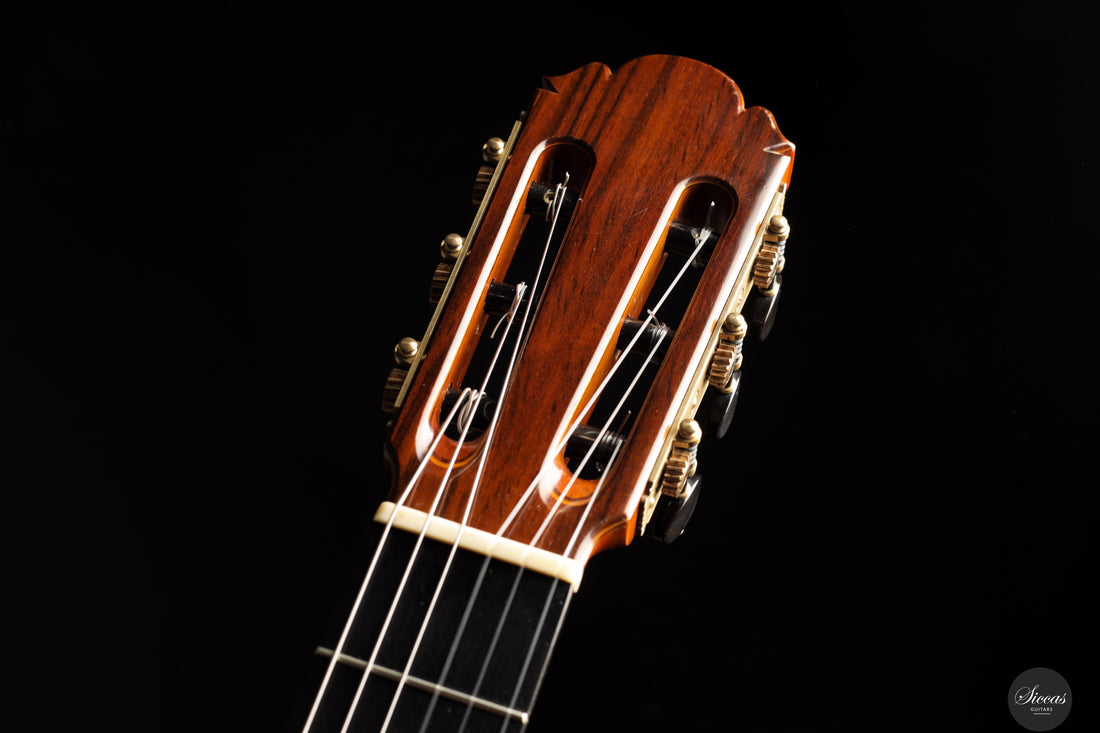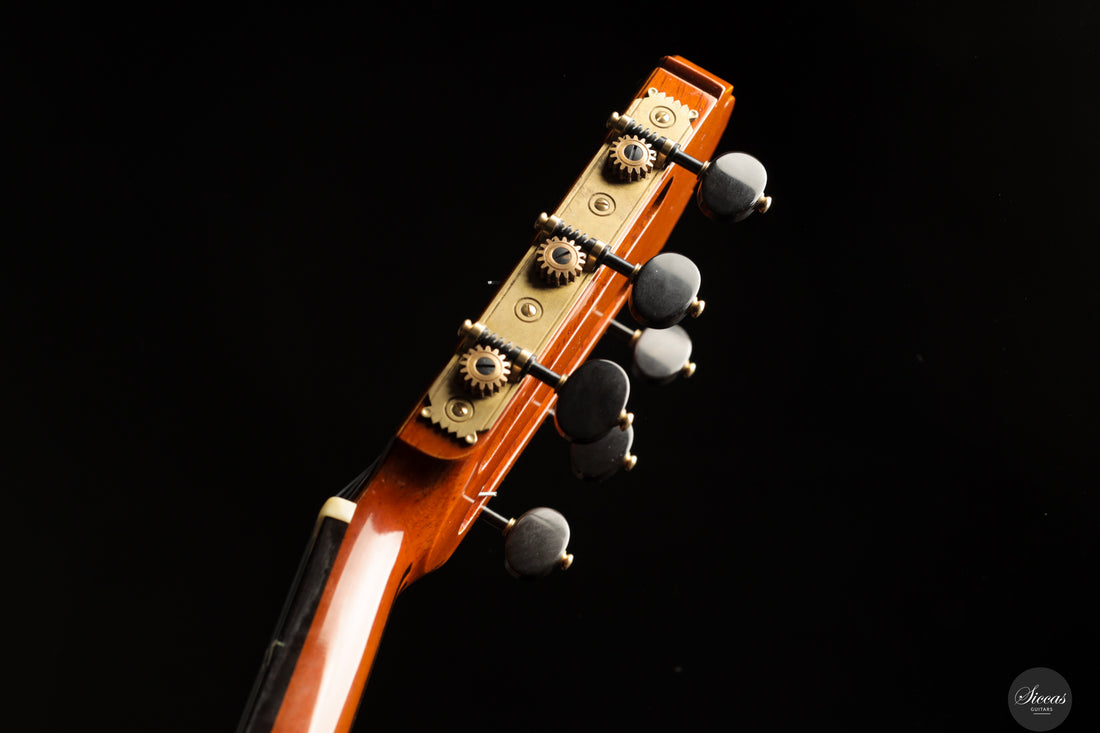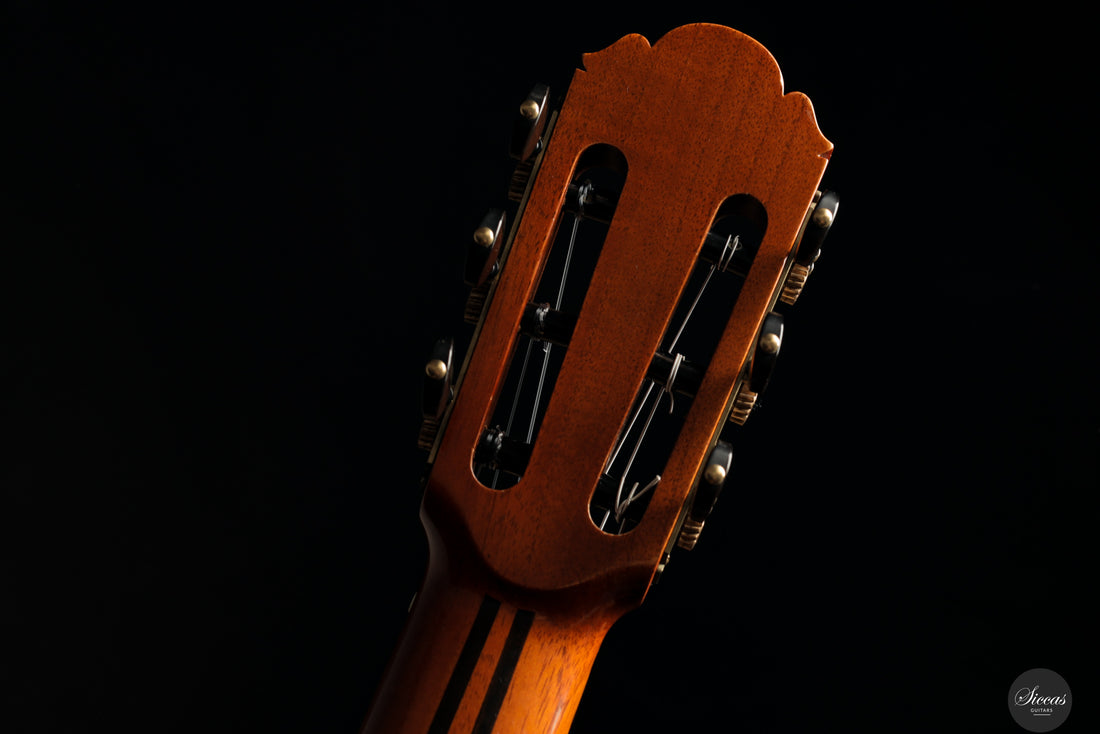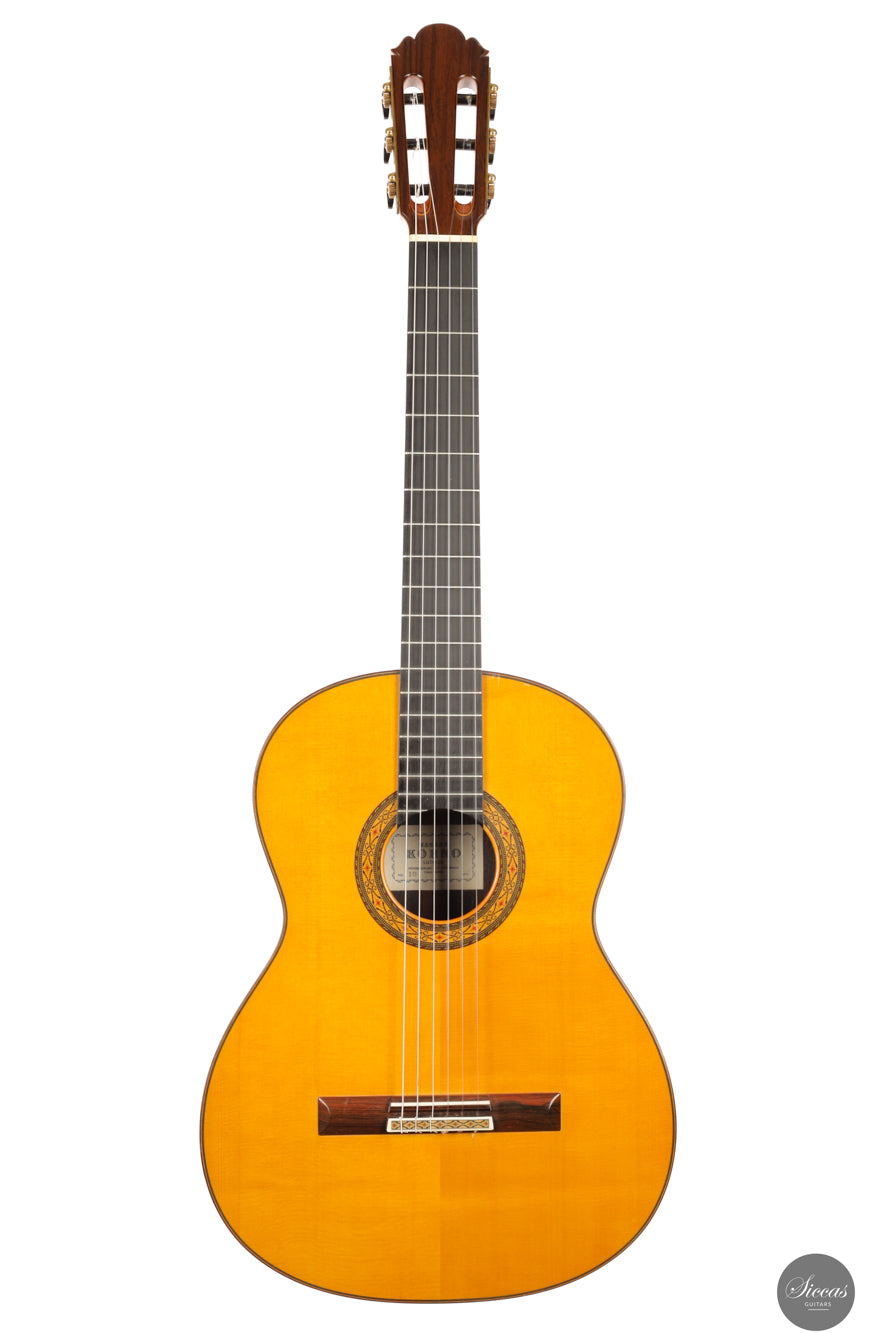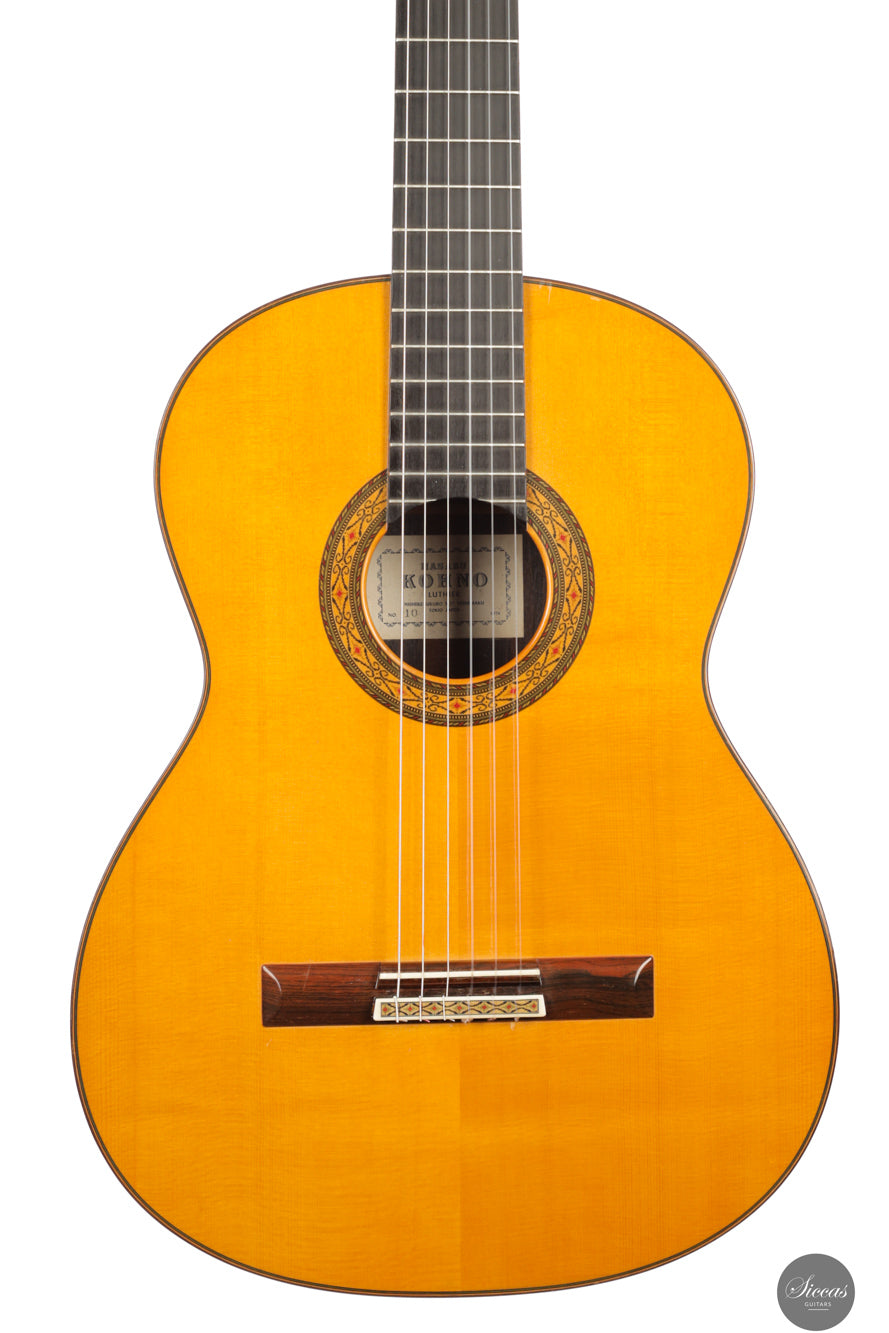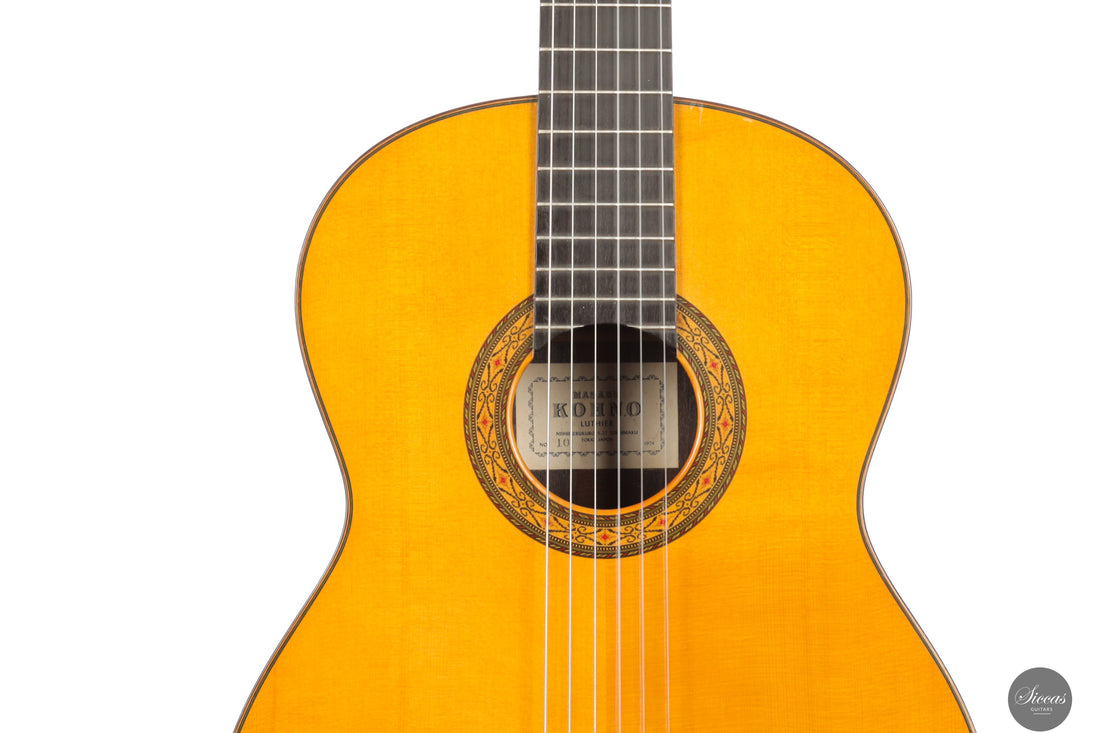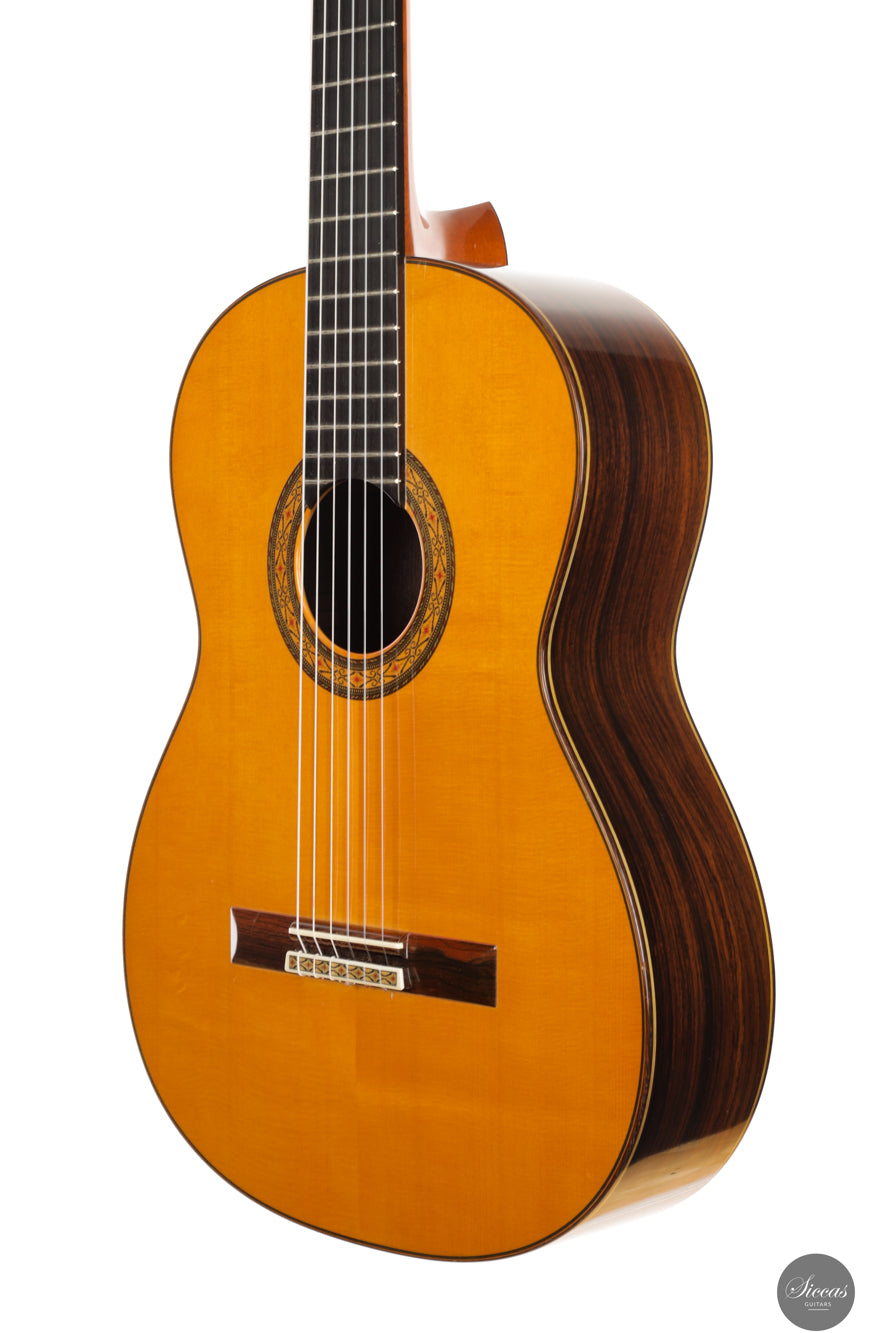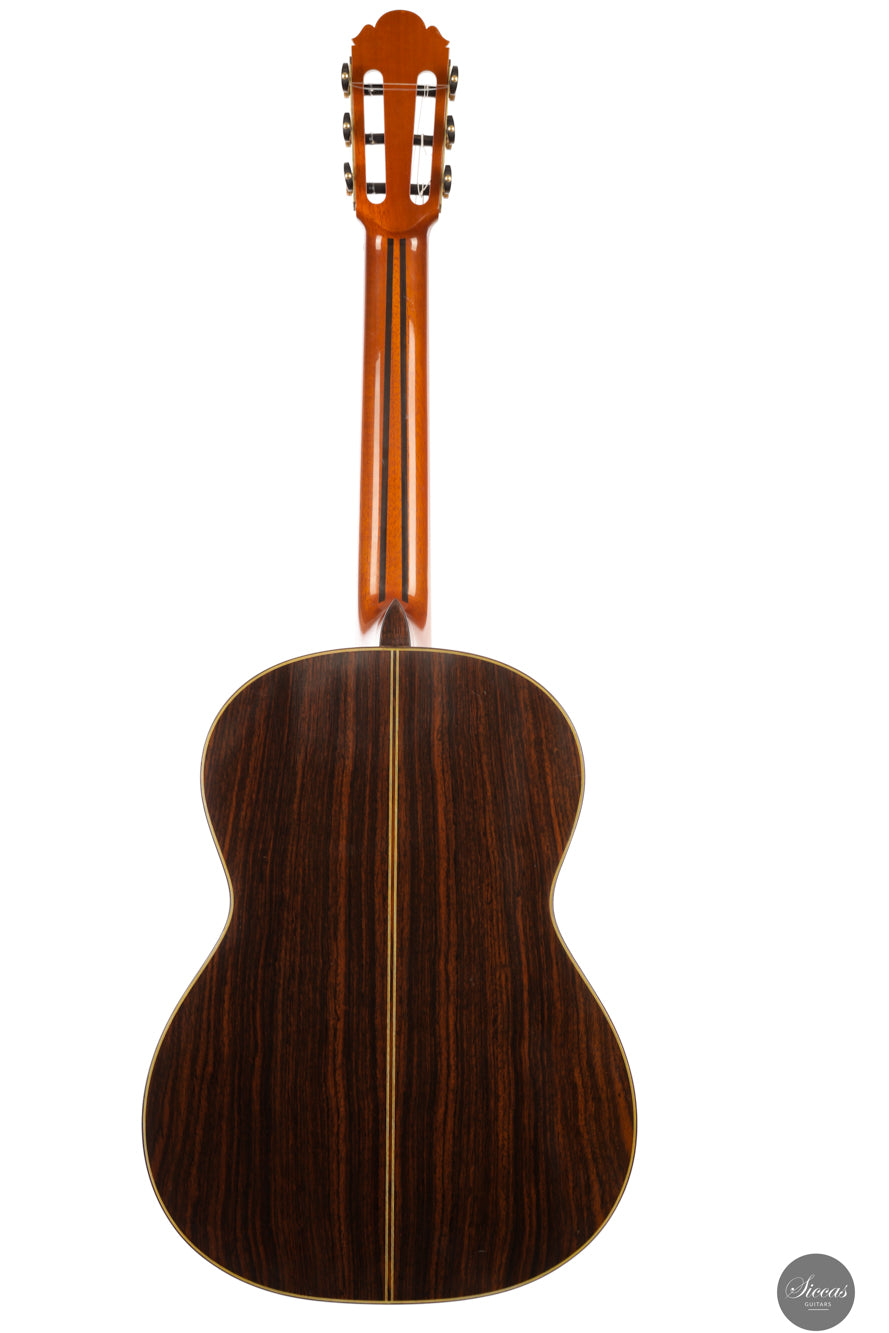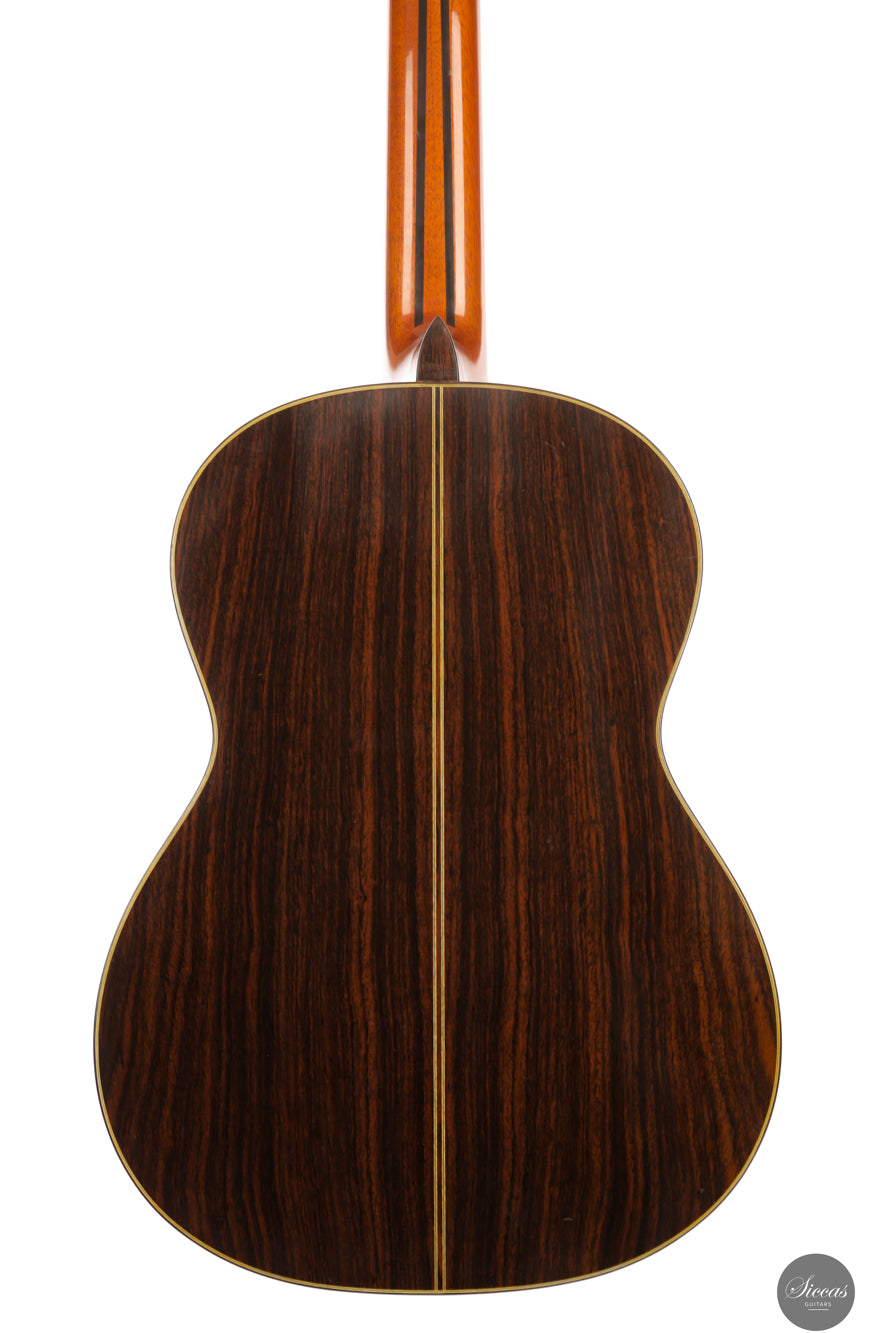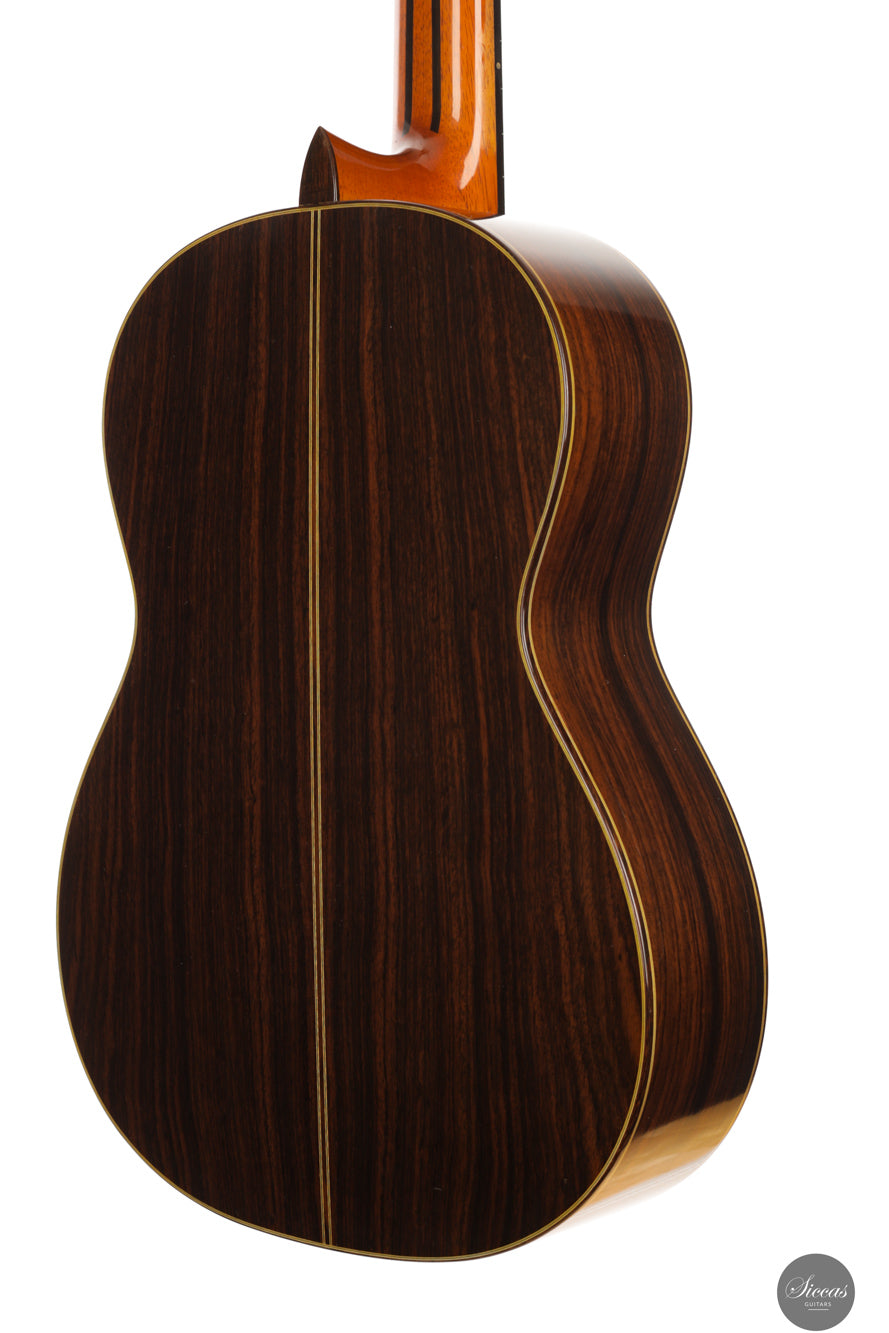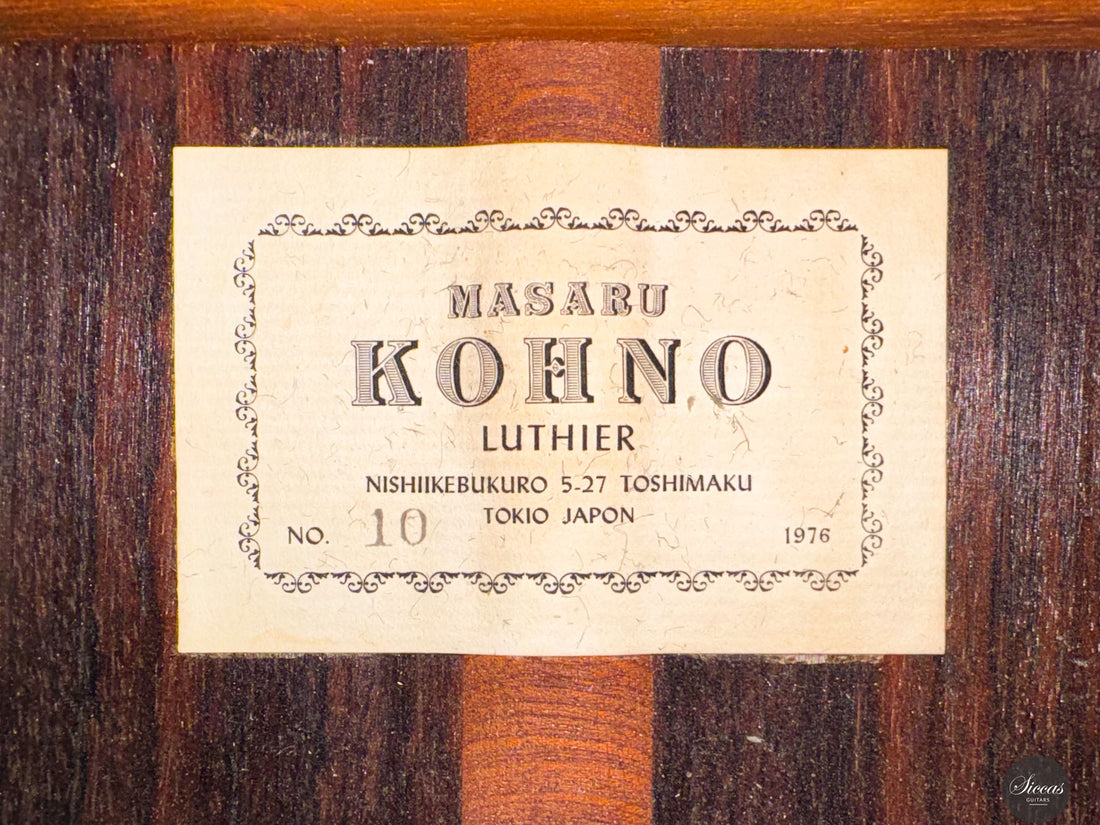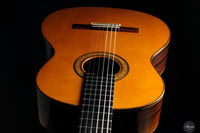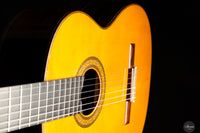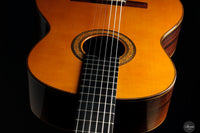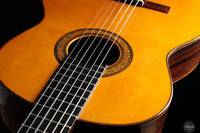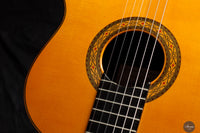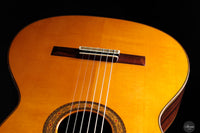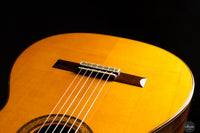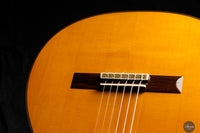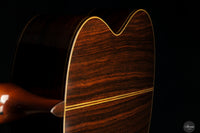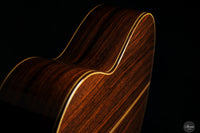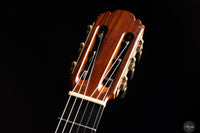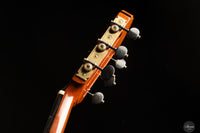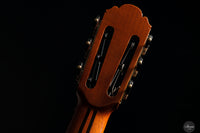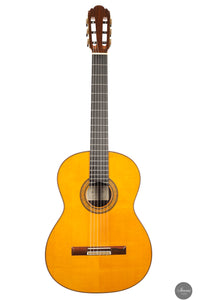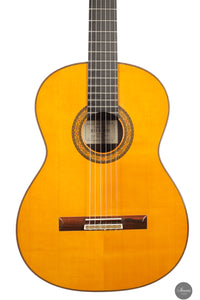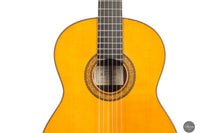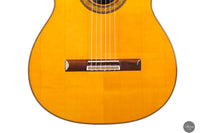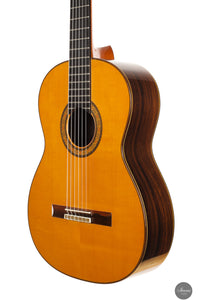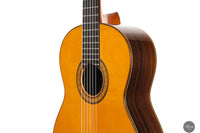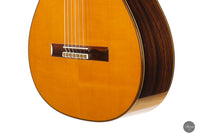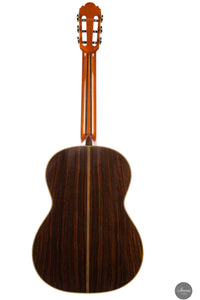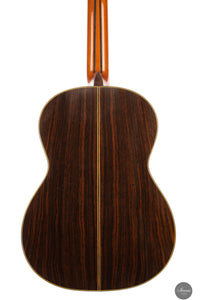Masaru Kohno - 1976 Model 10 66 cm
Masaru Kohno - 1976 Model 10 66 cm
Details
Details
Overview
Overview
Shipping important note
Shipping important note
Delivery times are typically reliable and most instruments arrive within the estimated timeframe.
Should any unexpected delay occur, our team will keep you informed and provide support at every step. For all shipping details and exceptions, please see our Shipping Policy.
Details about GPSR
Details about GPSR
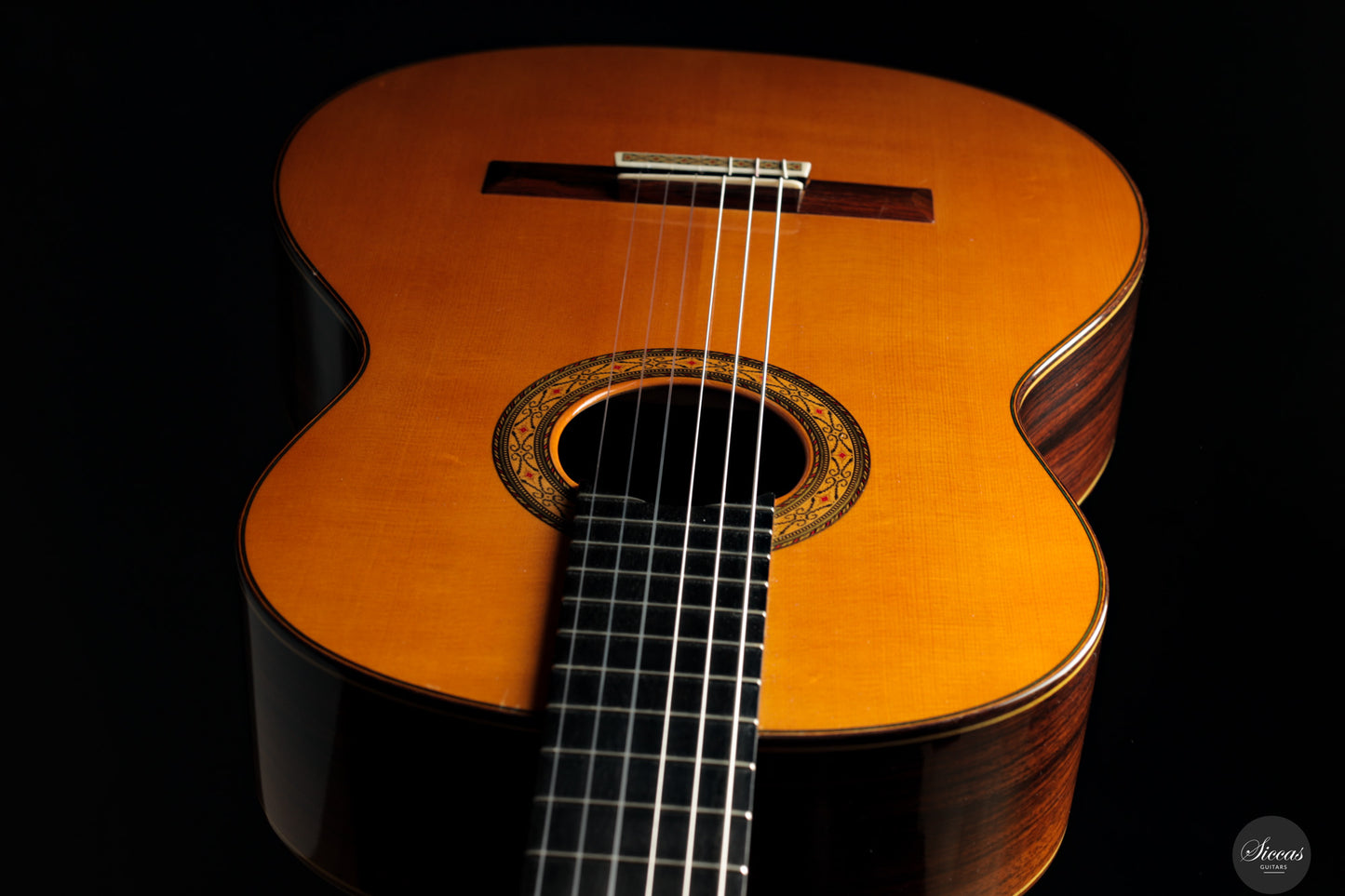
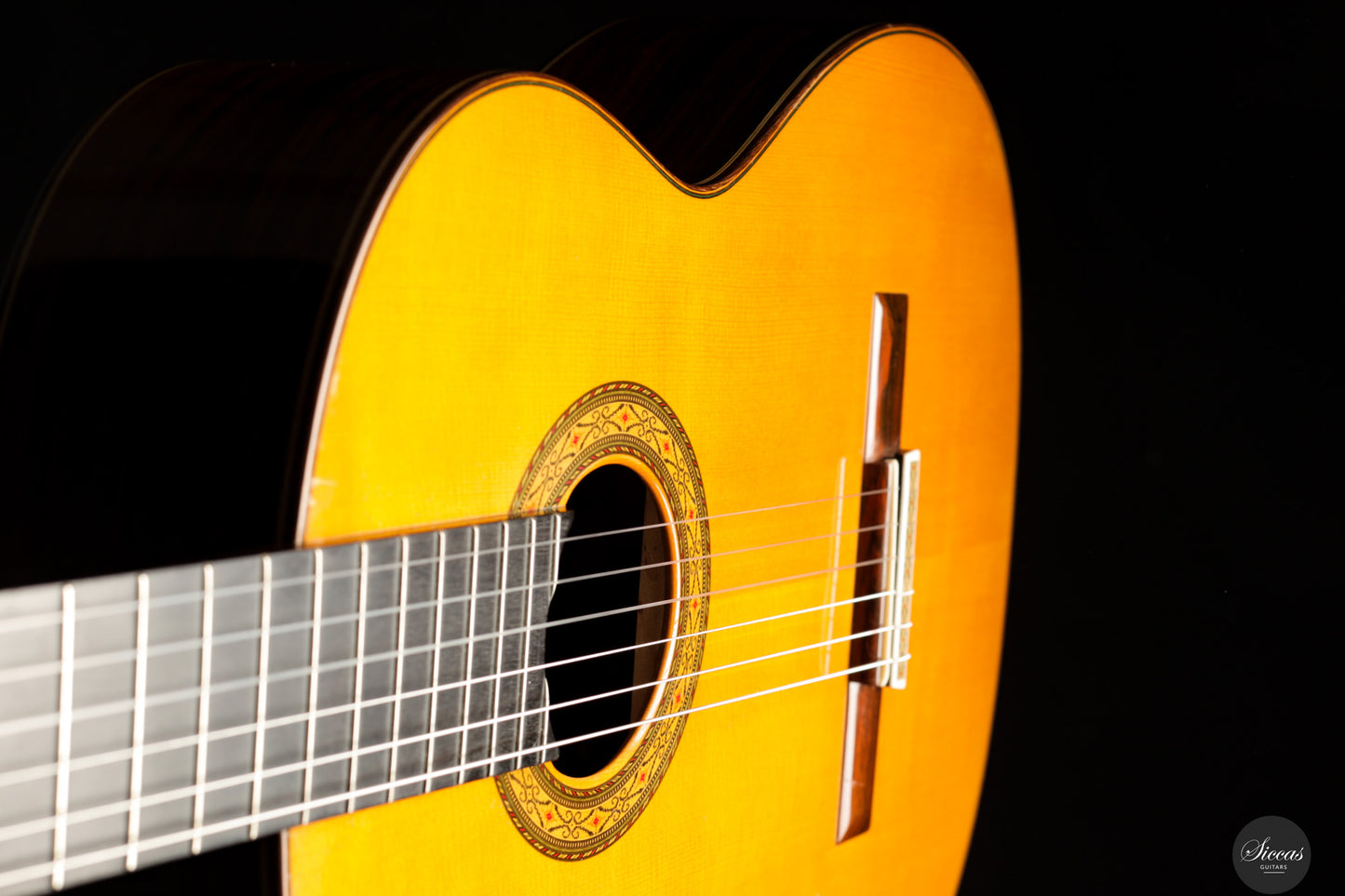
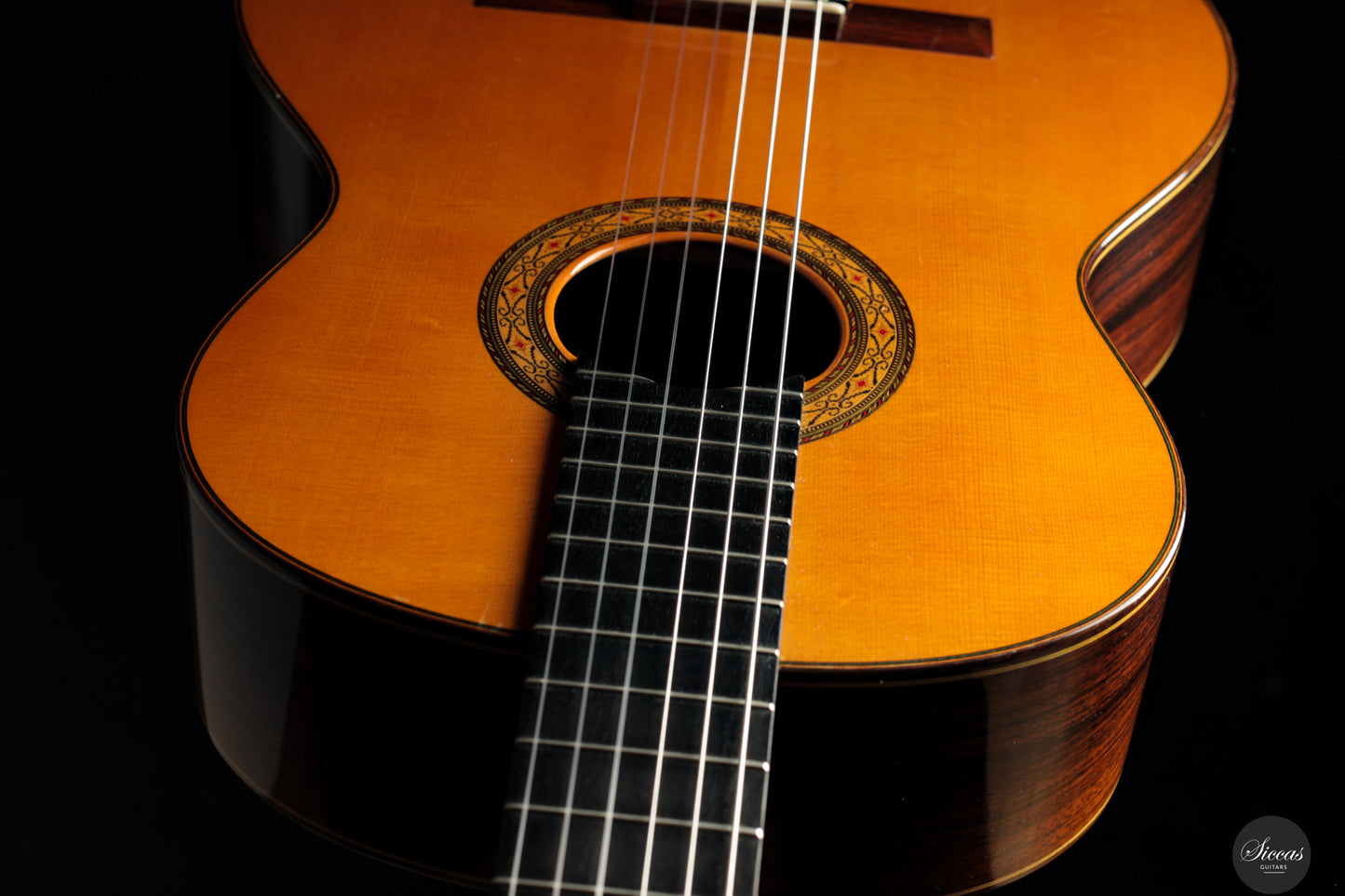
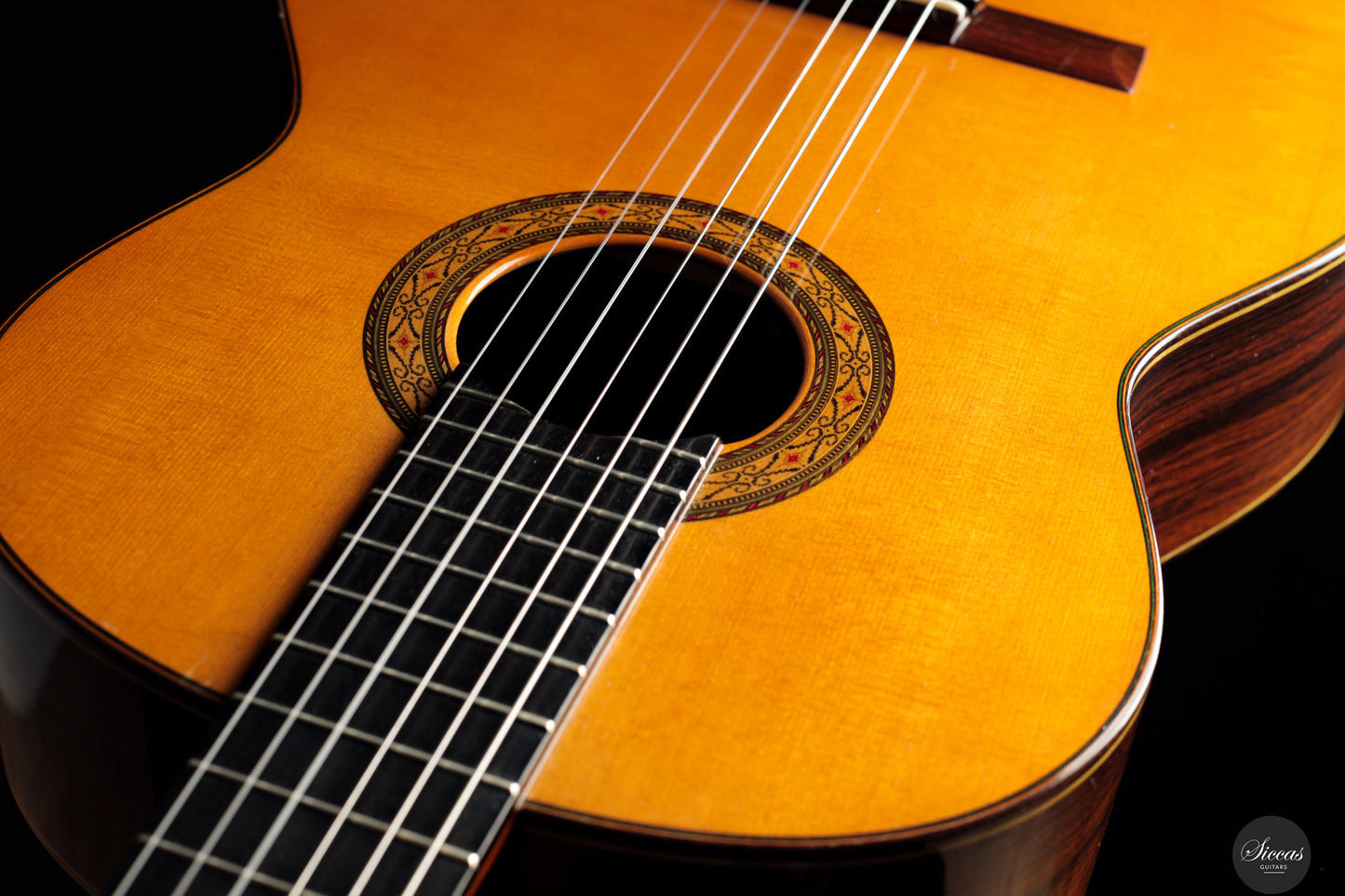
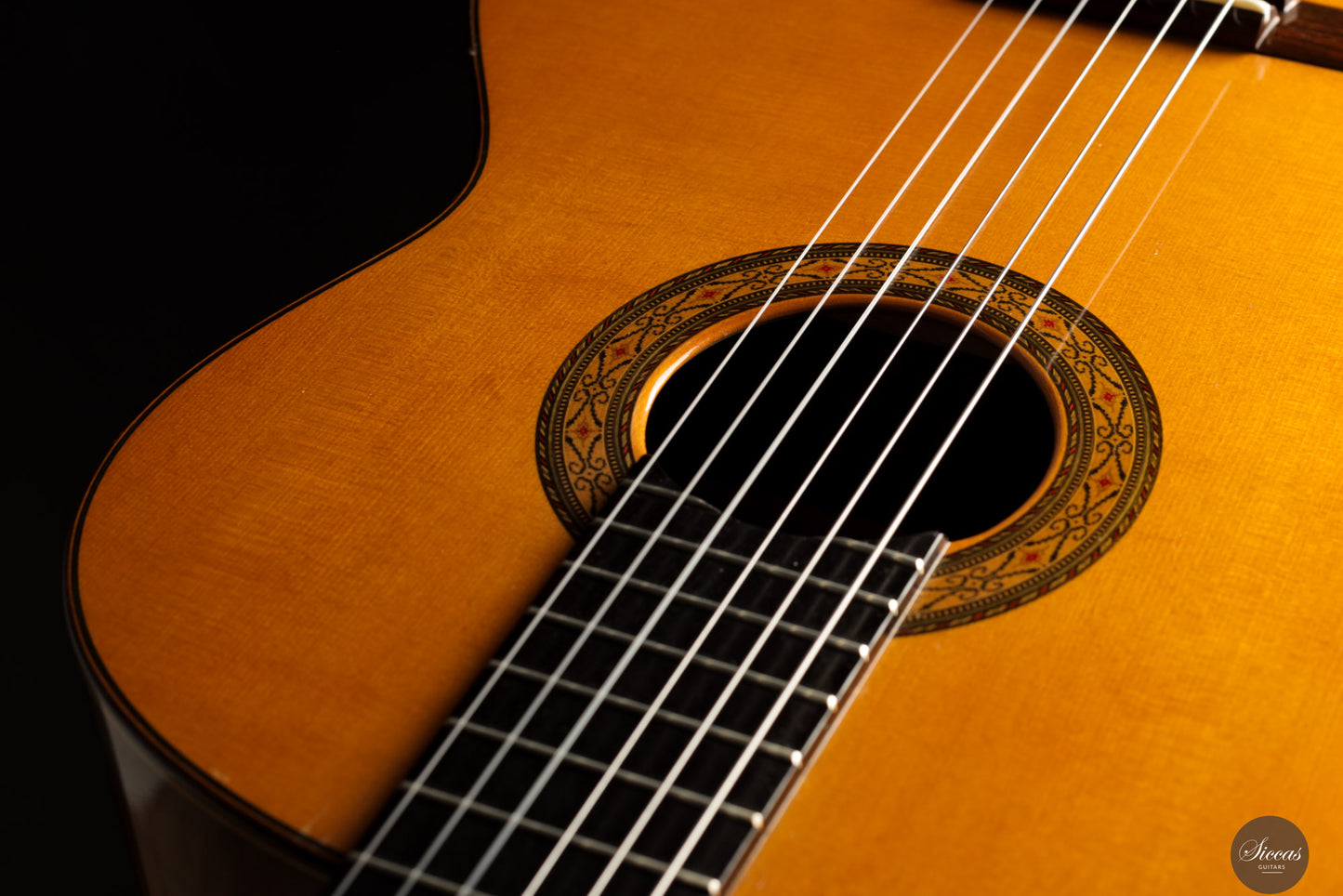
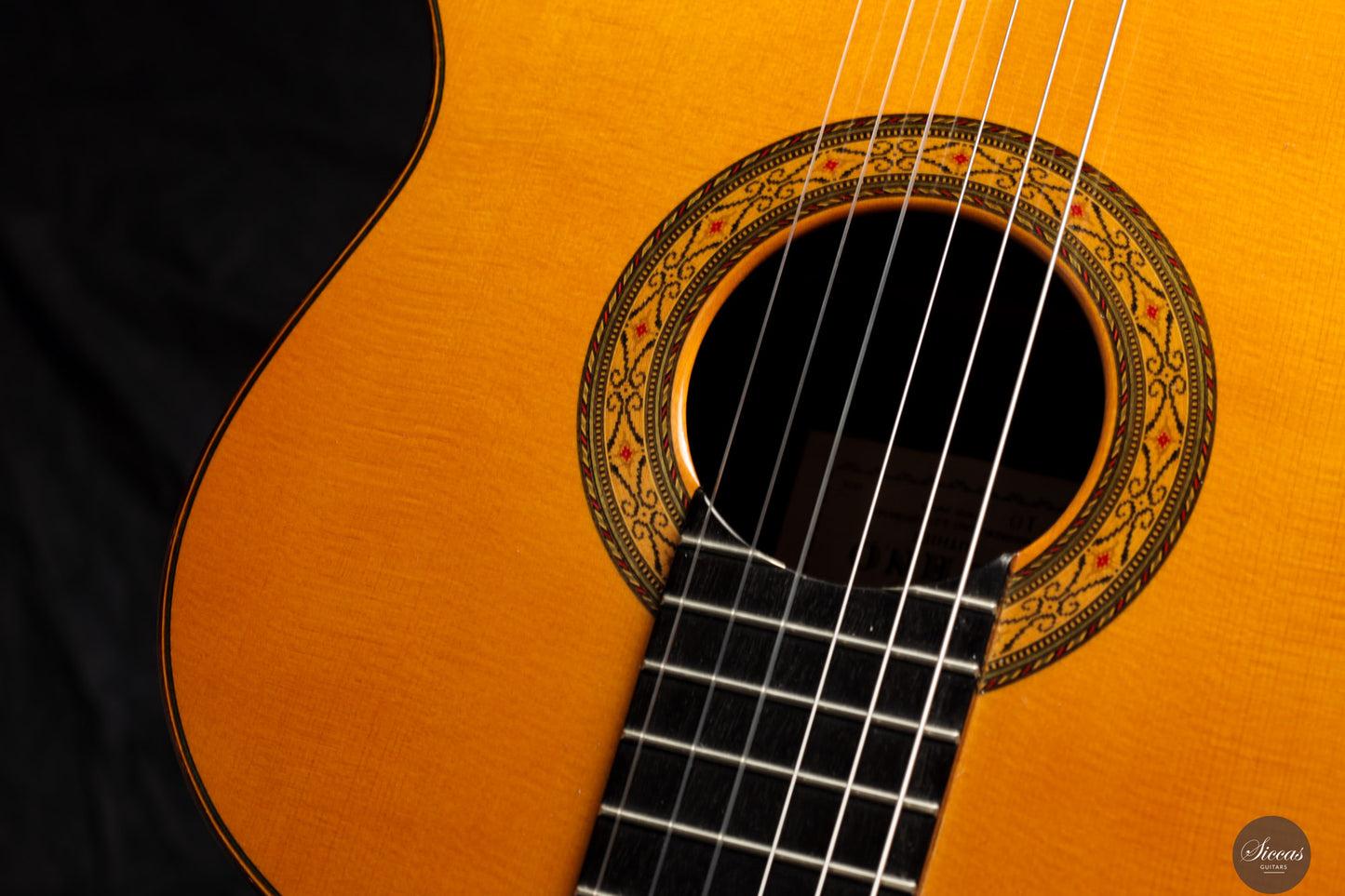
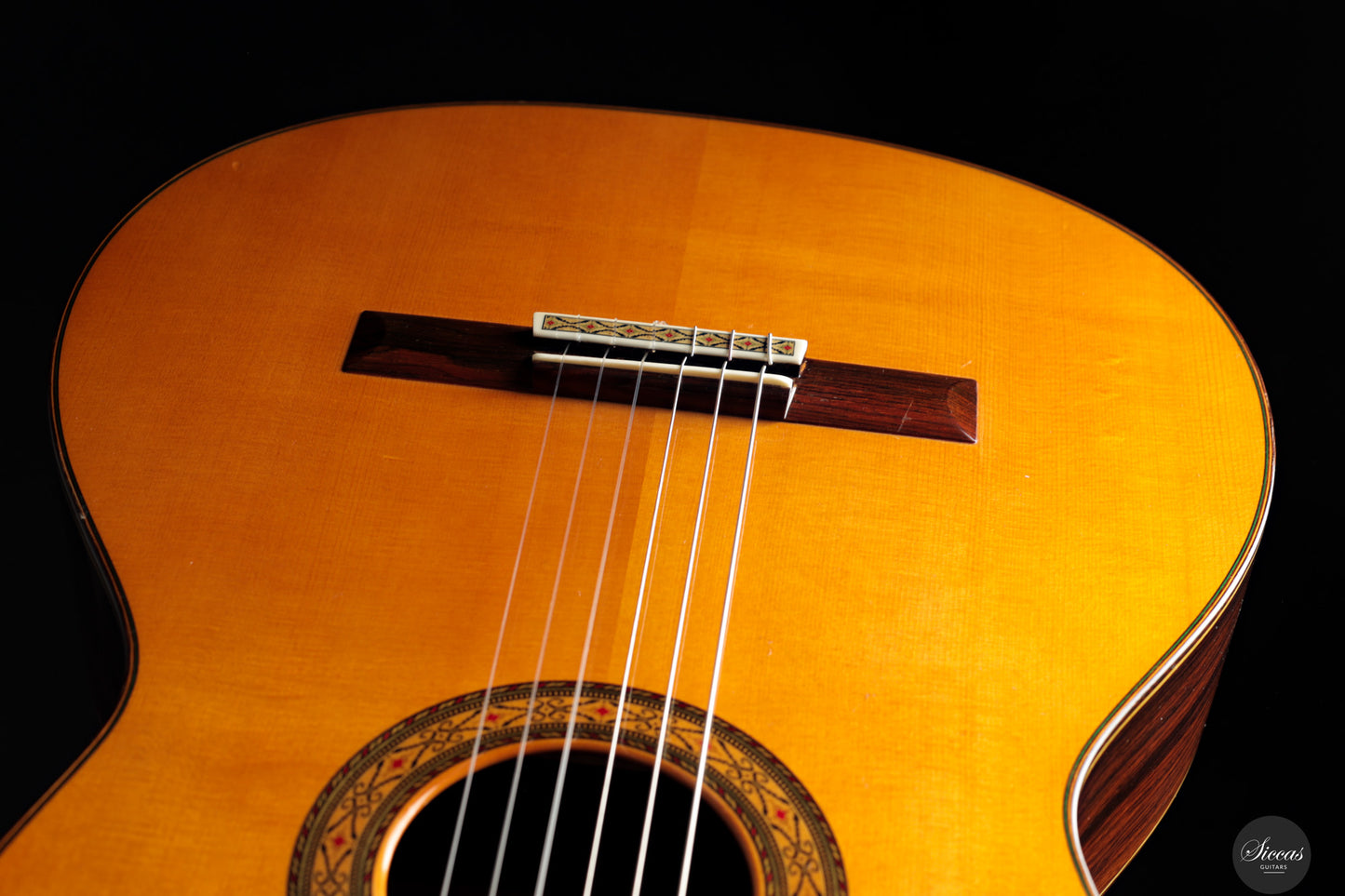
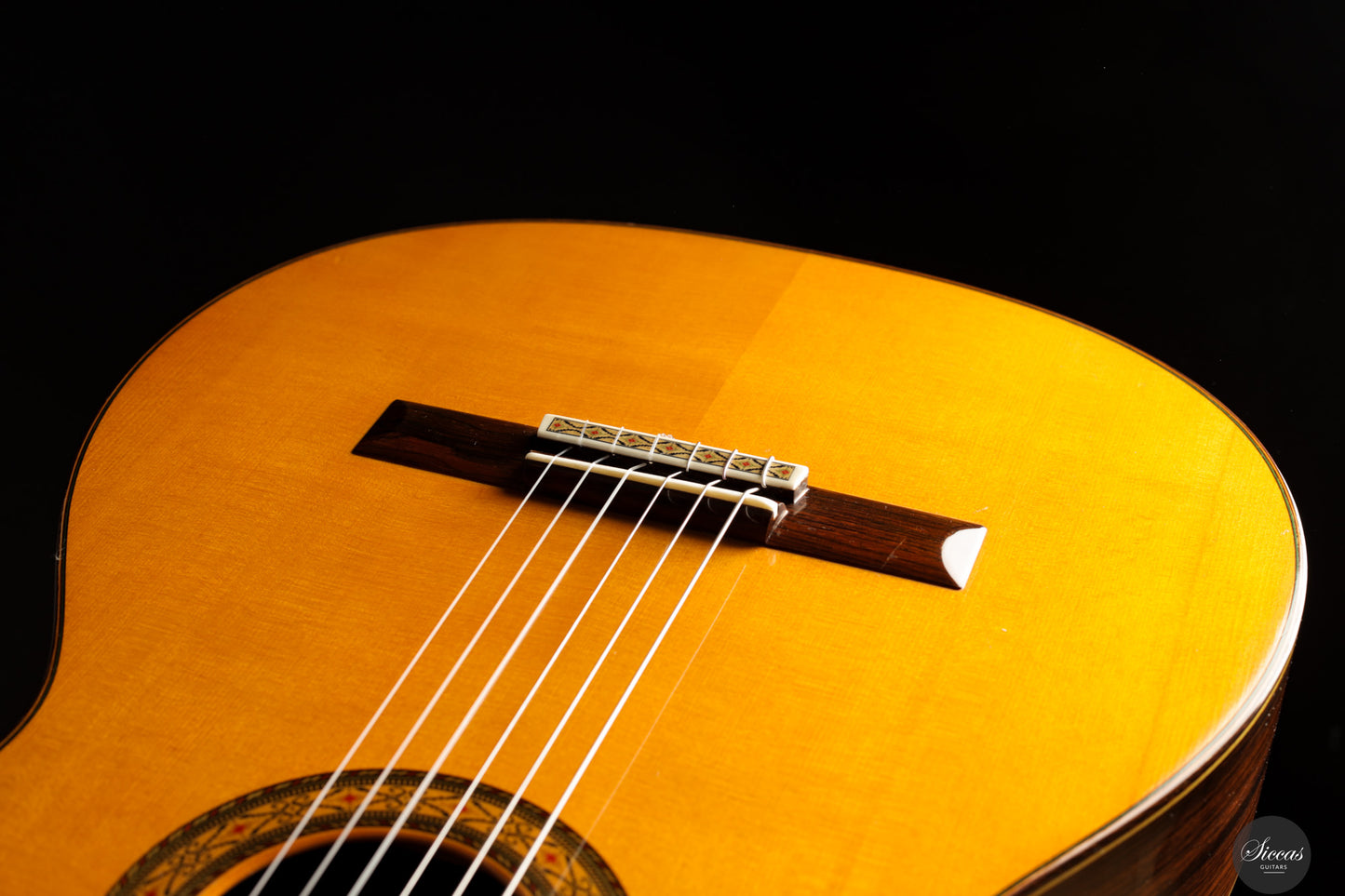
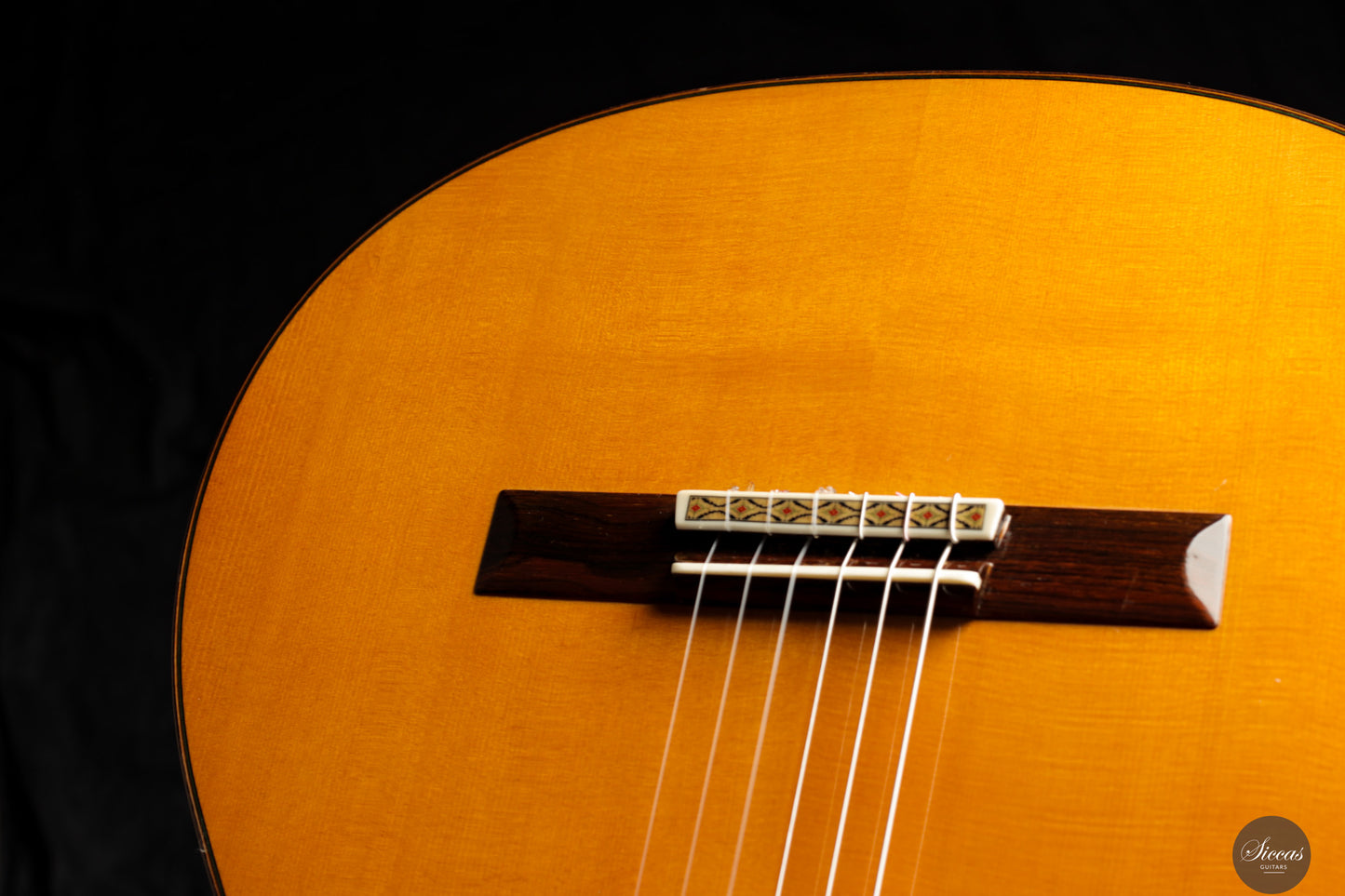

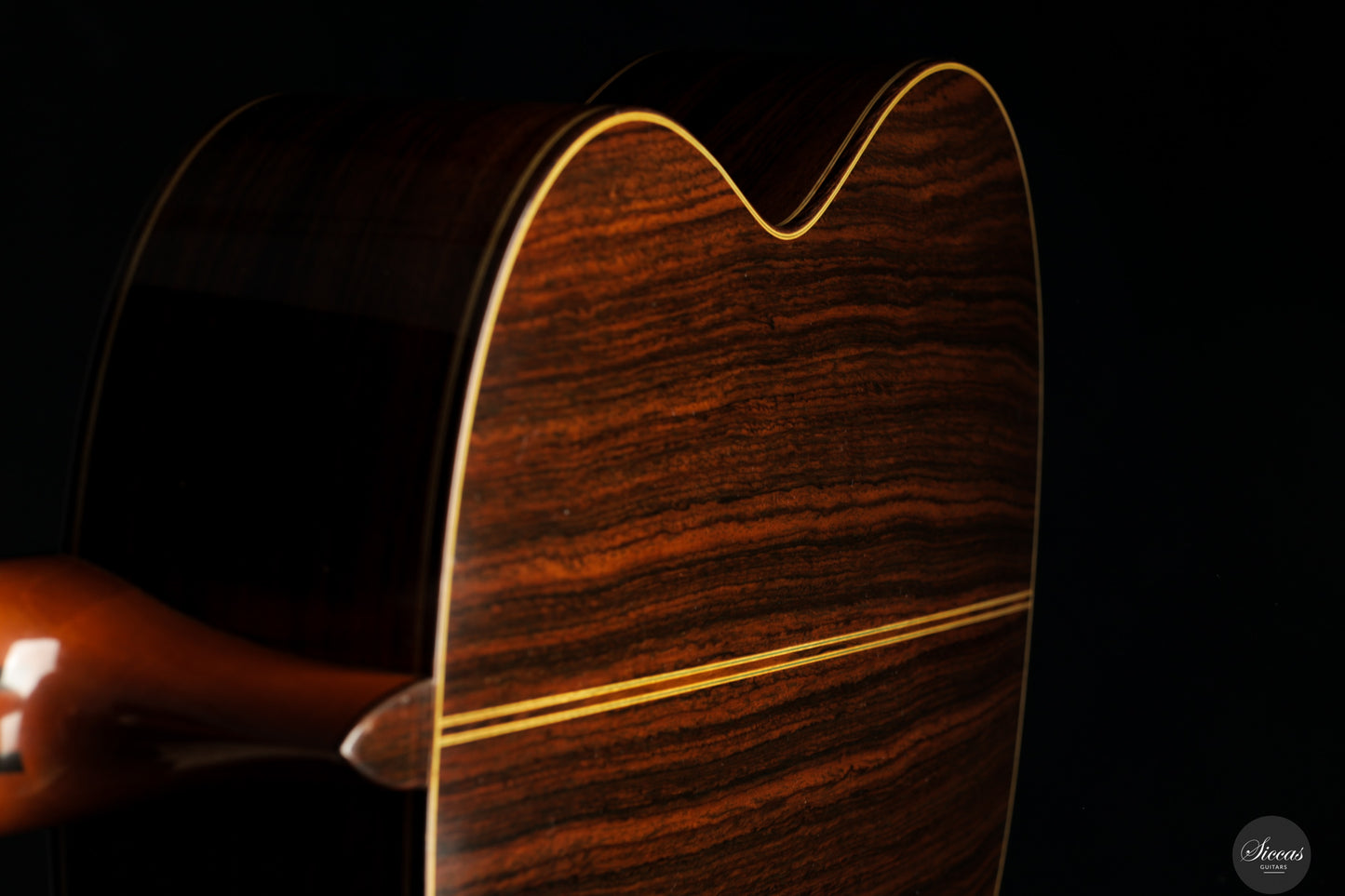
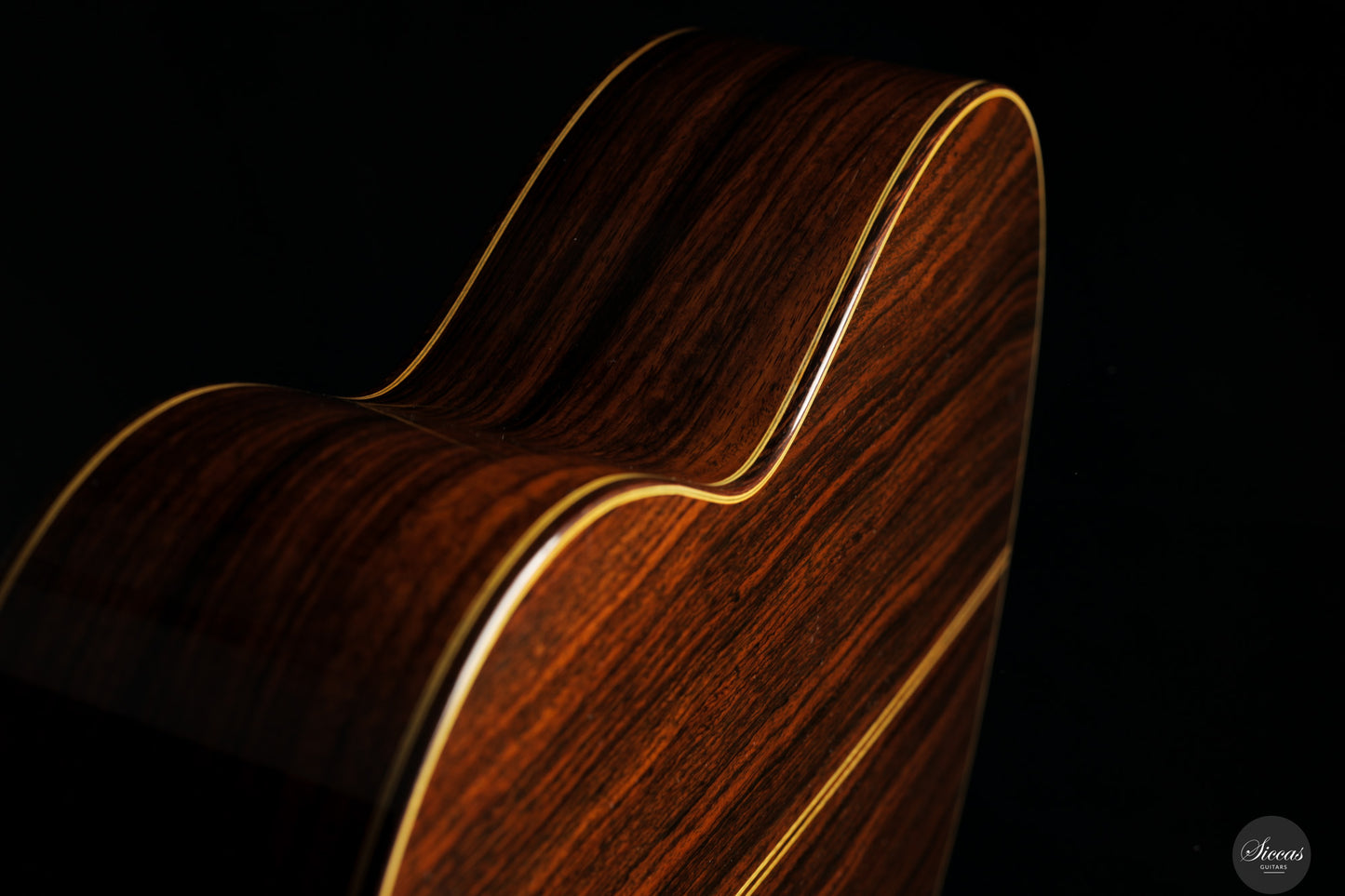

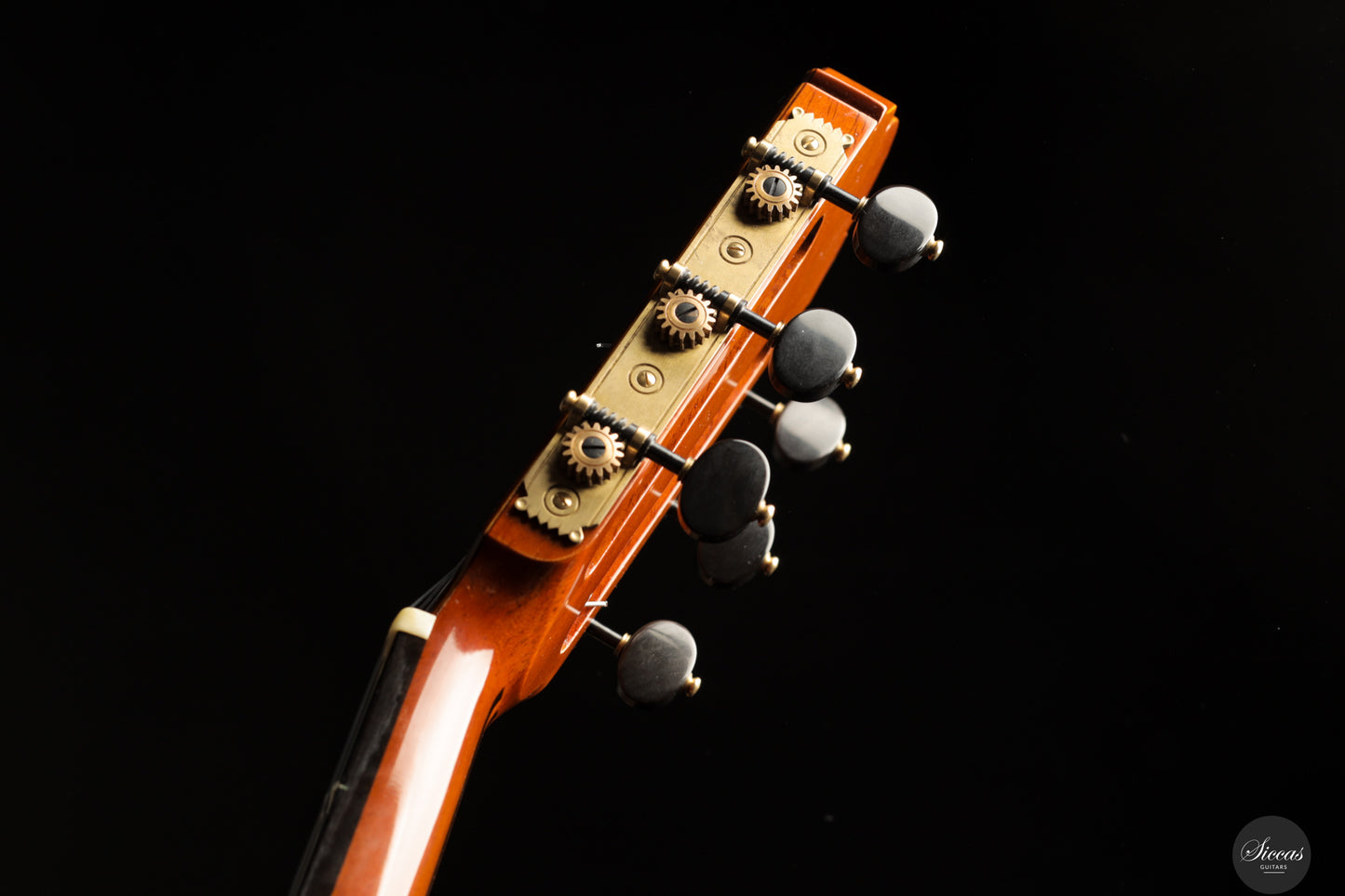

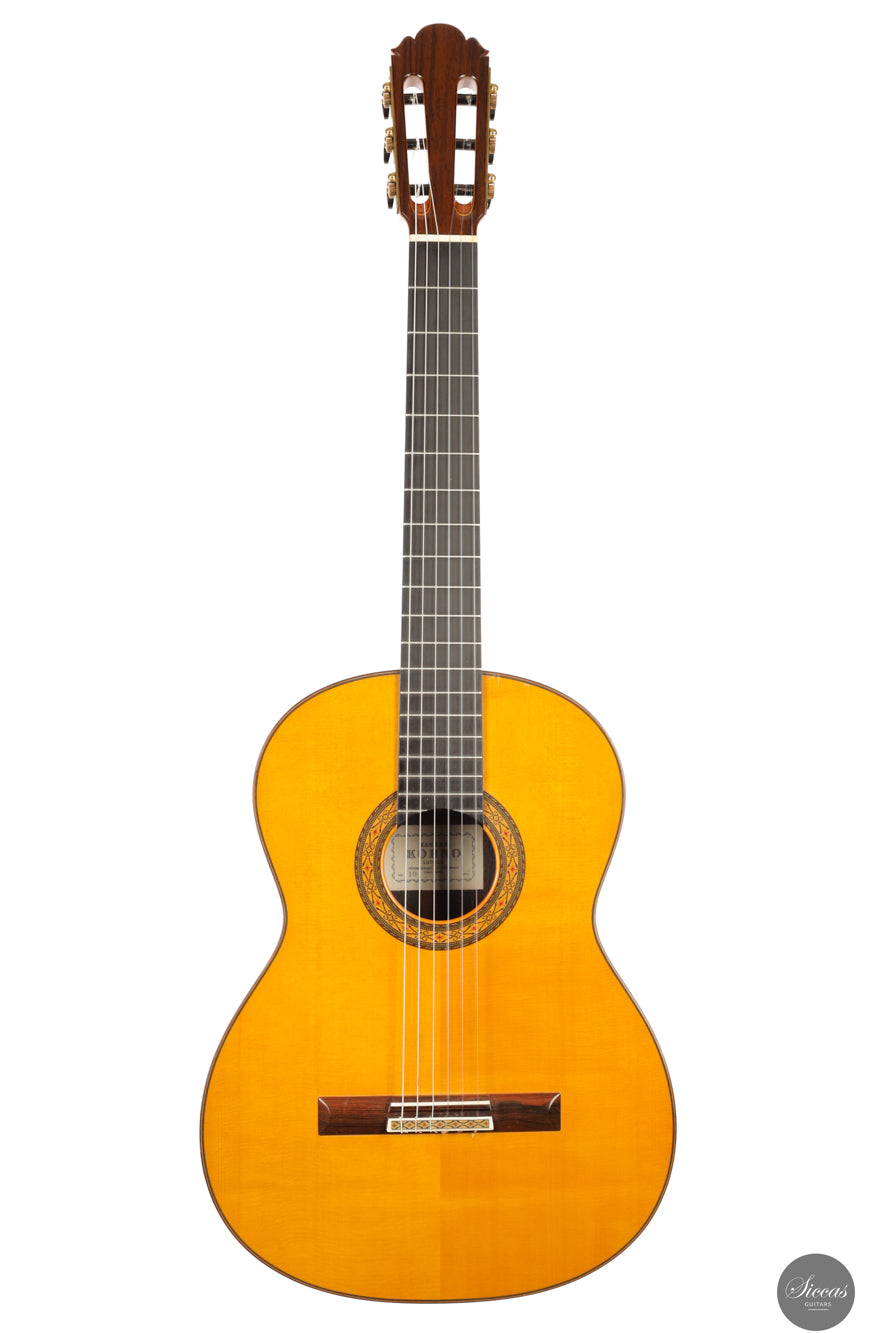
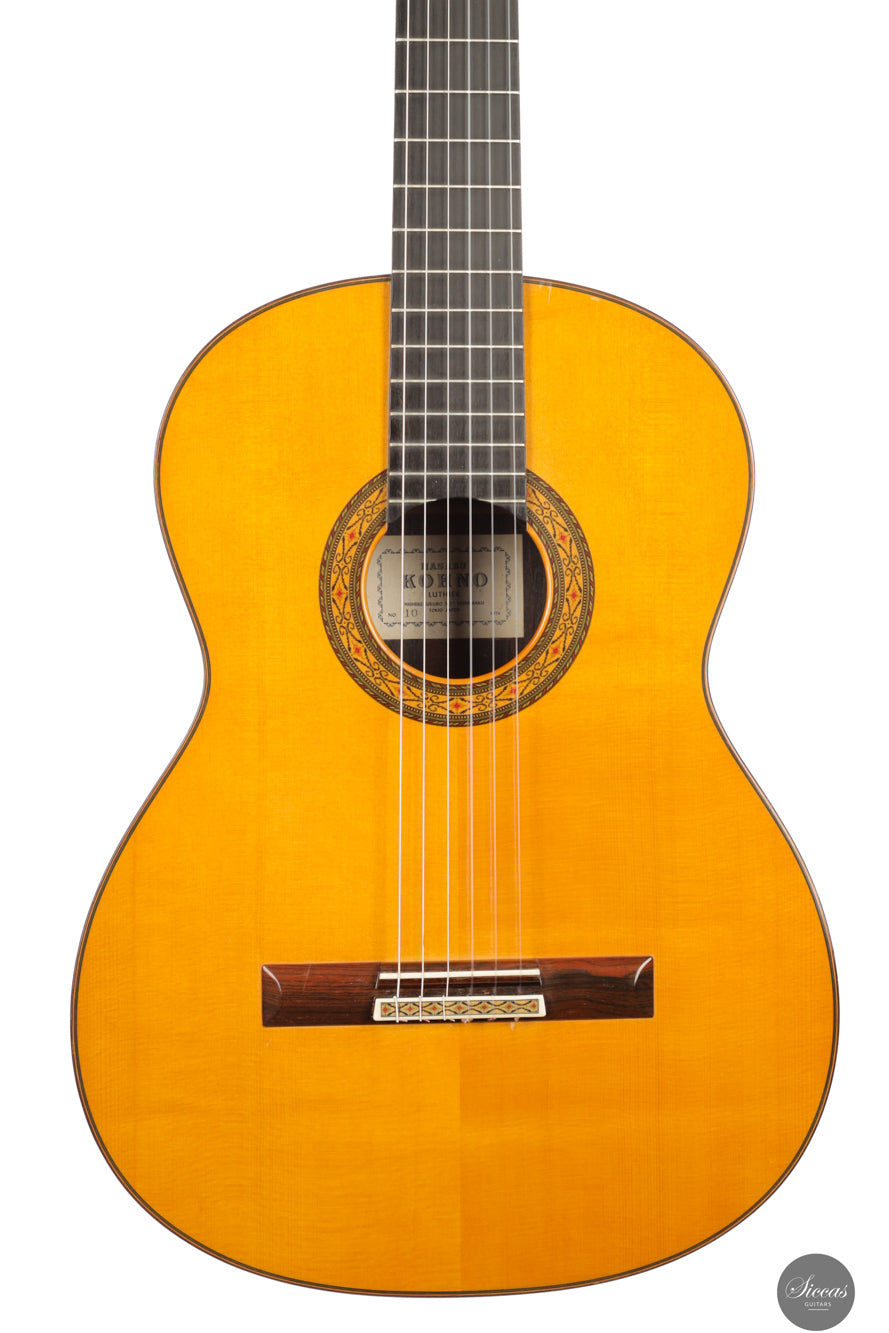

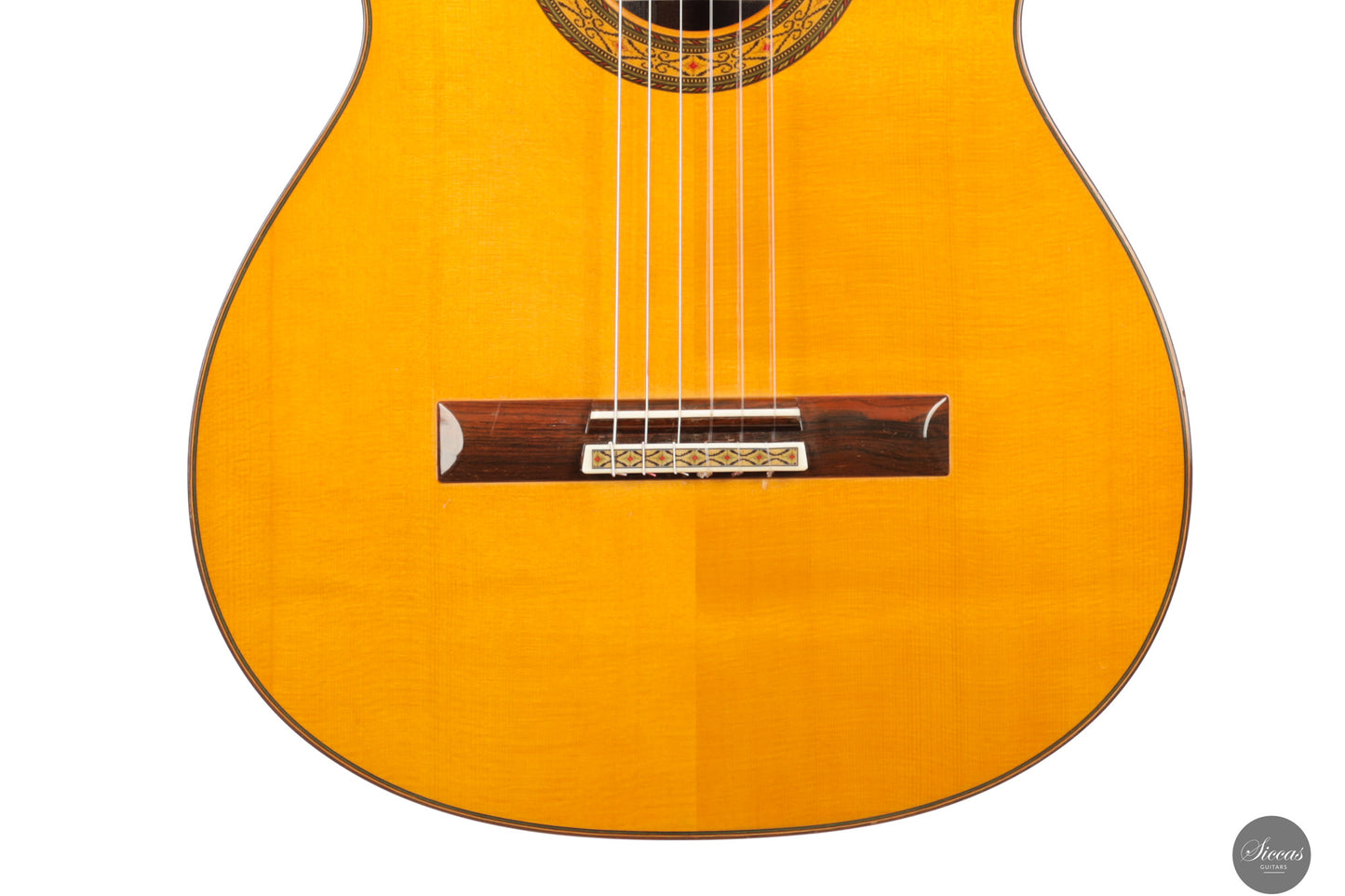
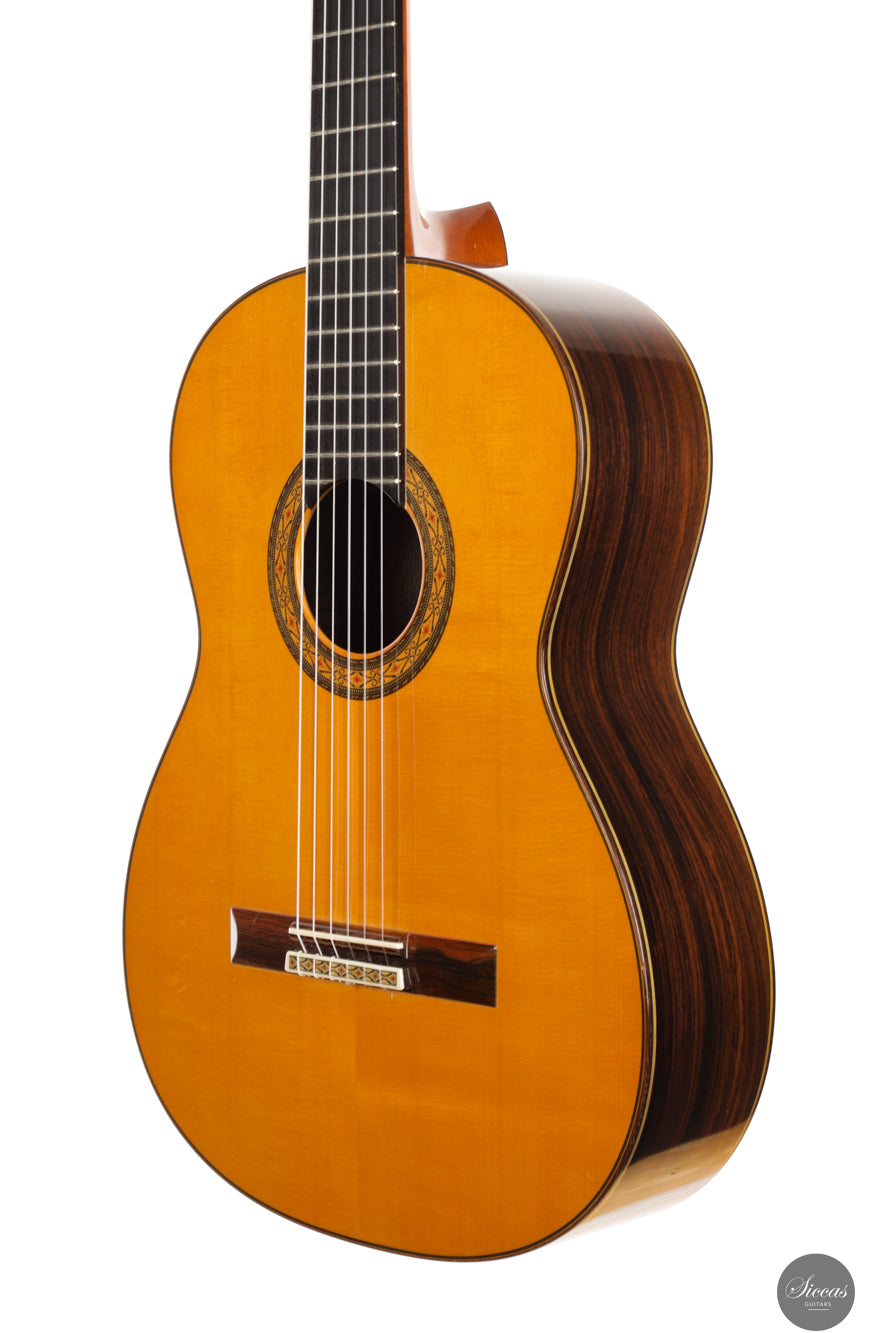
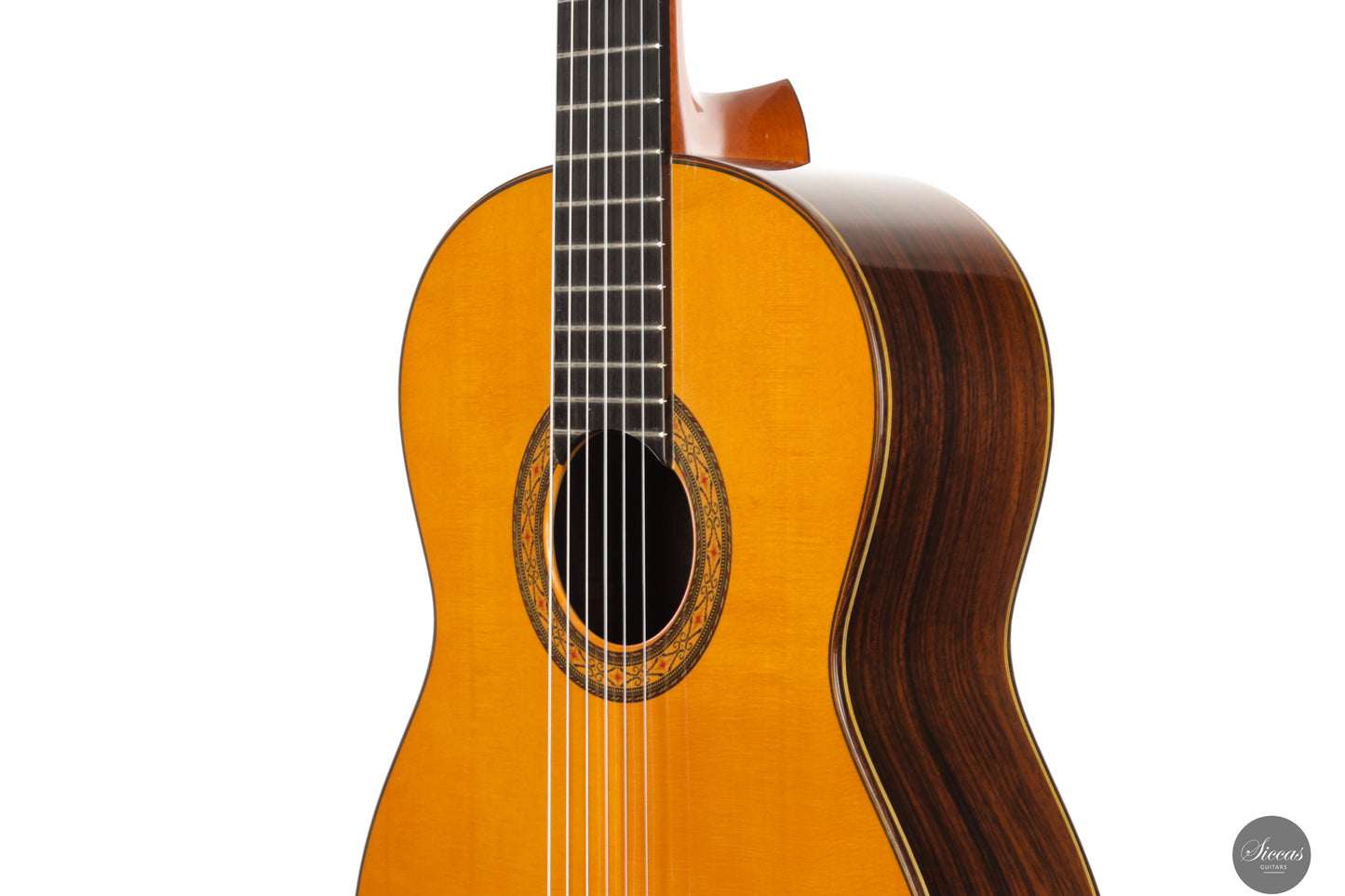
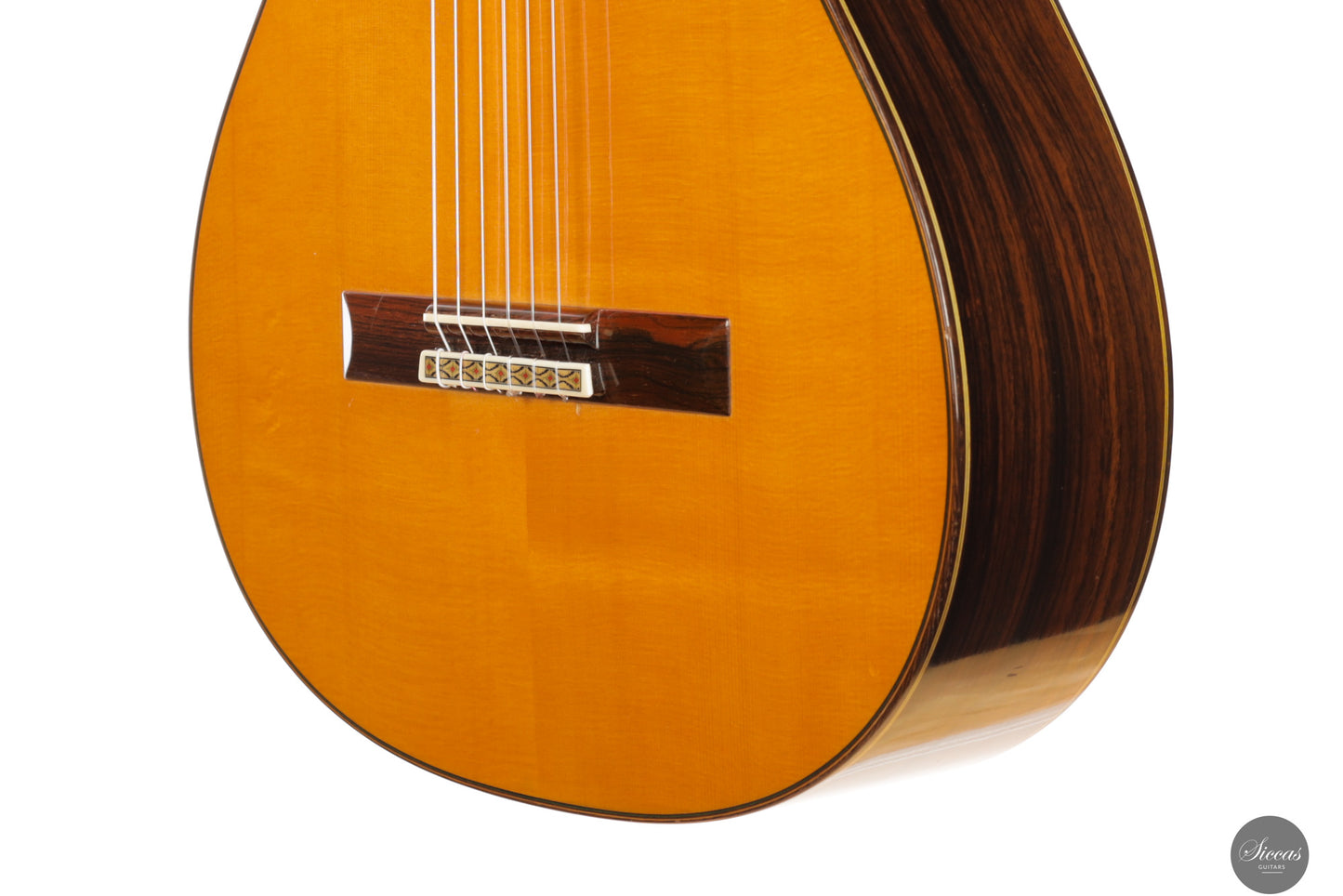
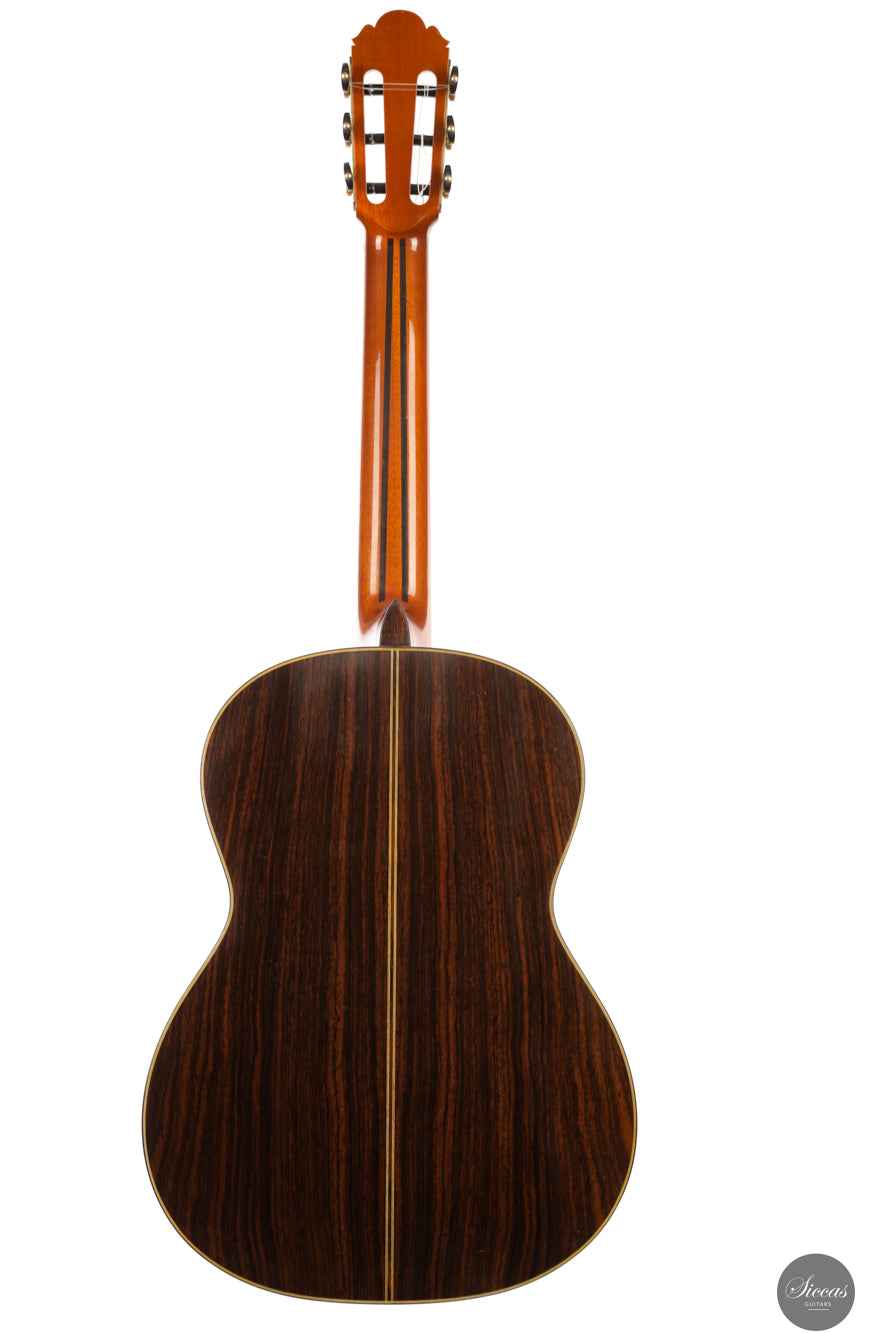
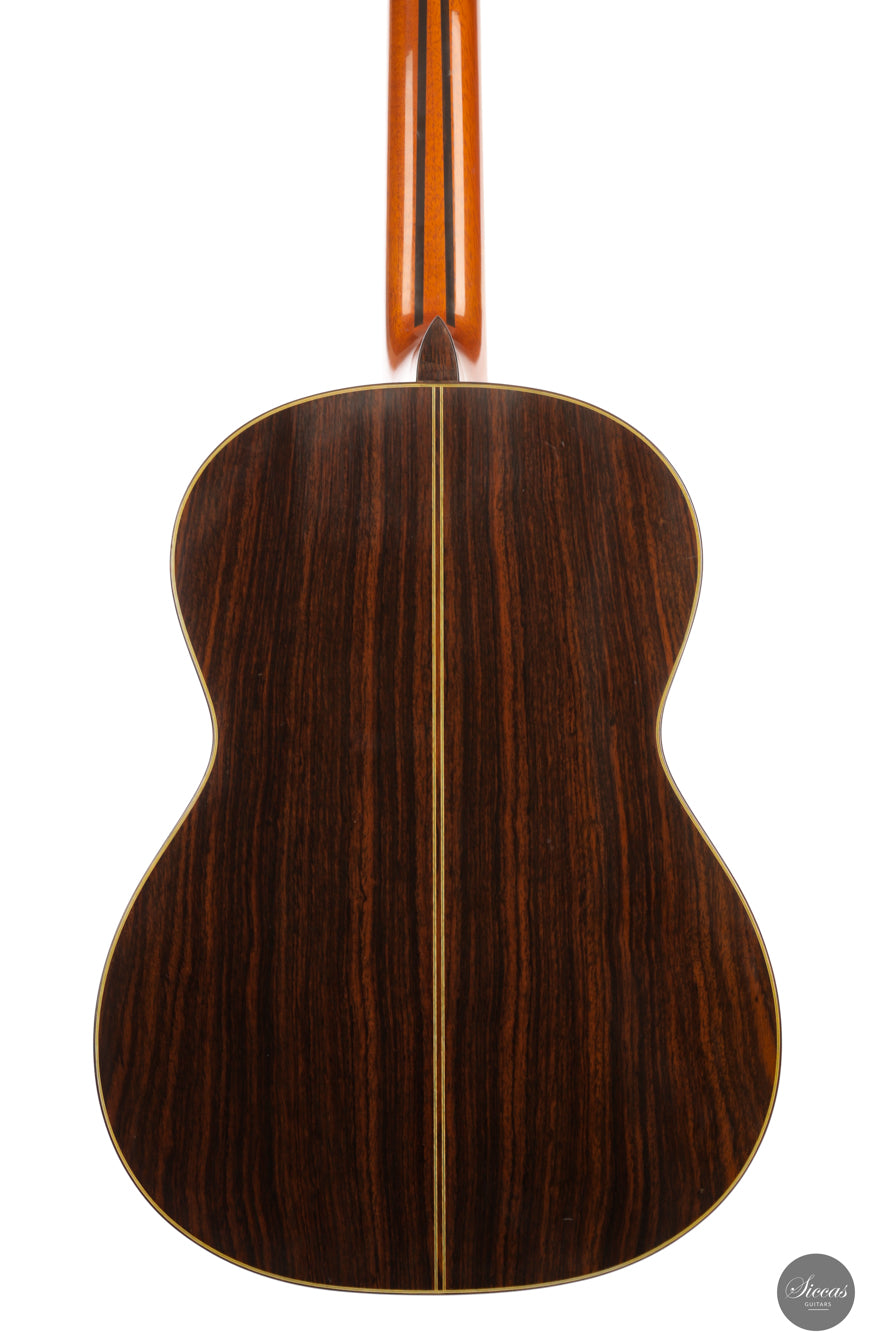


Video overview


More details about the guitar
About the luthier
Masaru Kohno (1926–1998) is regarded as one of the most important figures in the history of Japanese guitar making. Born in Mito City, Japan, he began his career after completing his studies at the Tokyo College of Arts and Crafts. In 1959, he spent six formative months apprenticing with Arcangel Fernandez in Madrid, Spain. Kohno’s breakthrough came in 1967, when he was awarded the Gold Medal at the Elizabeth’s Concourse International Guitar Building Competition in Belgium. This recognition helped cement his international reputation. Over the decades, Kohno’s instruments were played by some of the world’s foremost classical guitarists, including Julian Bream, Oscar Ghiglia and Sharon Isbin. His guitars are known for their structural precision, balance across registers and clean, refined tone.
About the guitar
This 1976 Model 10 is a well-preserved example of Kohno’s mature period. Defined by its tonal balance and clarity, this model line offers controlled overtones, even decay, and a focused core sound. Each register transitions smoothly into the next, with no frequency dominating the others: a signature of Kohno’s structural finesse.
The guitar features a 66 cm scale length, which contributes to a slightly firmer feel under the fingers but brings enhanced articulation and a more decisive attack. While the difference is perceptible to sensitive players, the instrument’s ergonomics remain entirely accessible. The spruce top and Indian rosewood back and sides are finished with Kohno’s characteristic cashew oil varnish, offering both visual warmth and acoustic transparency.
Though originally delivered with different tuners, this guitar now features a high-end set by Klaus Scheller, installed by the original and sole owner. These offer excellent precision while respecting the aesthetic of the instrument. With its crisp response, singing trebles and balanced basses, this Kohno Model 10 remains a benchmark in the traditional concert guitar lineage.
Regular care extends the life of the instrument
Even with careful use, a classical guitar may gradually change in appearance or respond to unstable storage conditions. Have a close look at your guitar regularly and be attentif to changes. If your instrument is suffering from its environement, it will let you know.
Protect Your Guitar: Handle with Care
Be mindful when touching your instrument with greasy or unwashed hands: any skin contact is a small attack on the varnish. Of course, a guitar is made to be played, but taking a few precautions helps preserve its beauty: wash your hands before playing, wear long sleeves, and avoid unnecessary direct skin contact with the body of the instrument.
Pro tip: Avoid playing with a button-up shirt, heavy jewelry, or a belt, as these can scratch the guitar. Also, make sure your guitar case is free of any objects that could damage the instrument during storage.
String care
A good habit to adopt is wiping down your strings briefly after each playing session. This small action significantly extends their lifespan and helps maintain a consistent, comfortable feel under your fingers.
Most importantly, clean strings are essential for keeping your instrument in tune. Corrosion, sweat, and dust can affect the uniformity of the strings and interfere with accurate tuning across the entire fingerboard.
Pro tip: If you're having trouble getting your guitar in tune, it might be time to change the strings. A useful test is to compare the pitch of the 12th fret harmonic with the fretted note at the 12th fret; if there's an unusually large gap between them, your strings may have lost their integrity and should be replaced.
Keep Your Shellac Finish Shining!
Got a guitar with a shellac (French polish) finish? Here's a simple trick: Take a clean microfiber cloth and gently breathe on the surface to create a light mist. Then, softly rub to remove fingerprints, sweat, and grease. That’s usually all it takes to keep it looking great, no products needed!
Pro tip: Every few years, treat your guitar to a check-up with a luthier to keep it in top shape.
Storing Your Guitar: Climate Matters
Your guitar can safely stay outside its case, as long as the surrounding environment maintains 42–55% humidity and a temperature between 18–25°C.
Keep in mind that humidity levels can still fluctuate inside the case, especially during seasonal changes.
- Too much humidity may cause overtightened strings and a dull tone.
- Too little humidity can lead to a bulging top, string buzz, or even cracks.
Avoid placing your guitar near radiators, air conditioners, or windows with direct sunlight.
Pro tip: Always close your guitar case while playing. This helps preserve a stable microclimate inside the case, so your instrument is protected the moment you put it back in.


